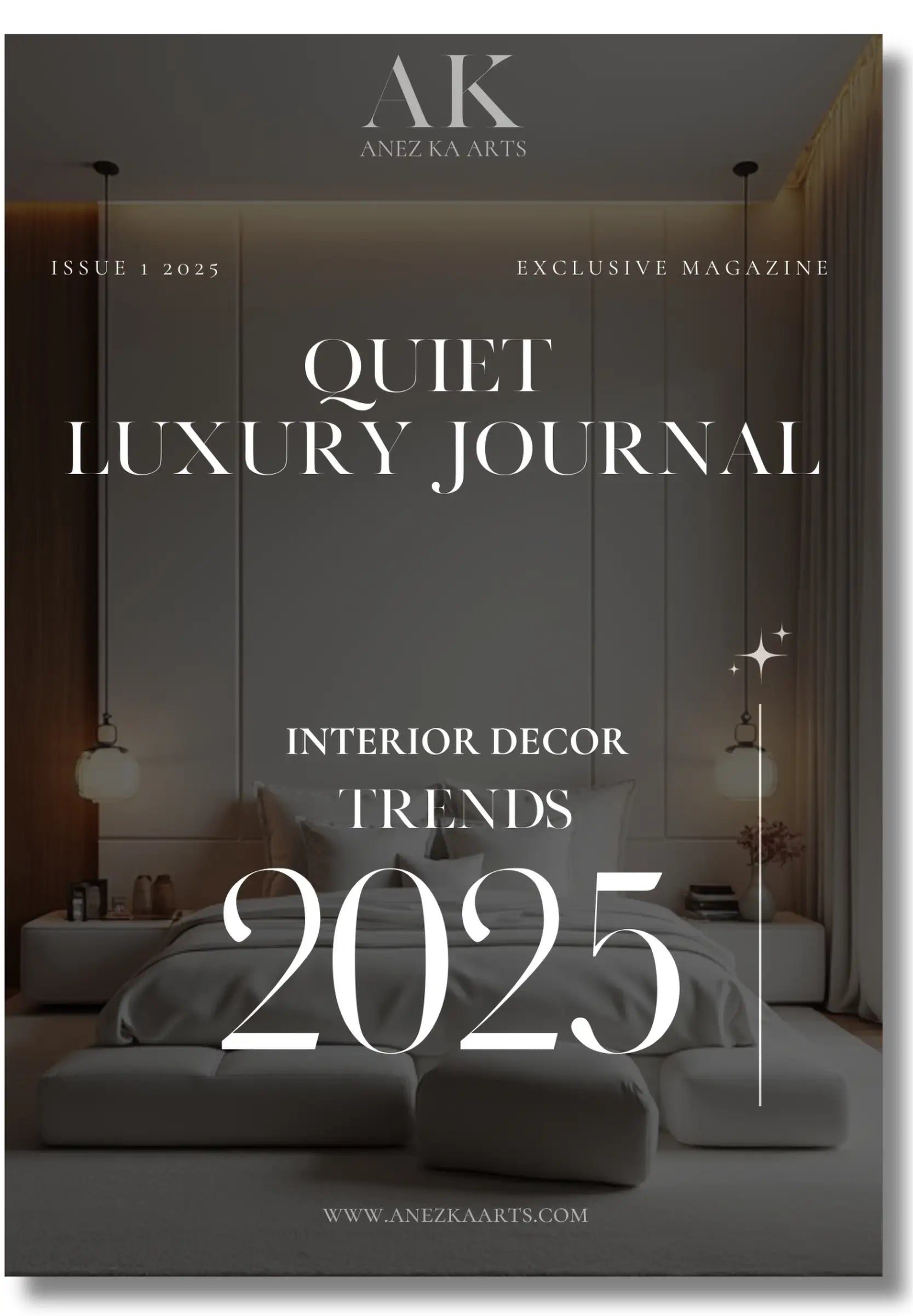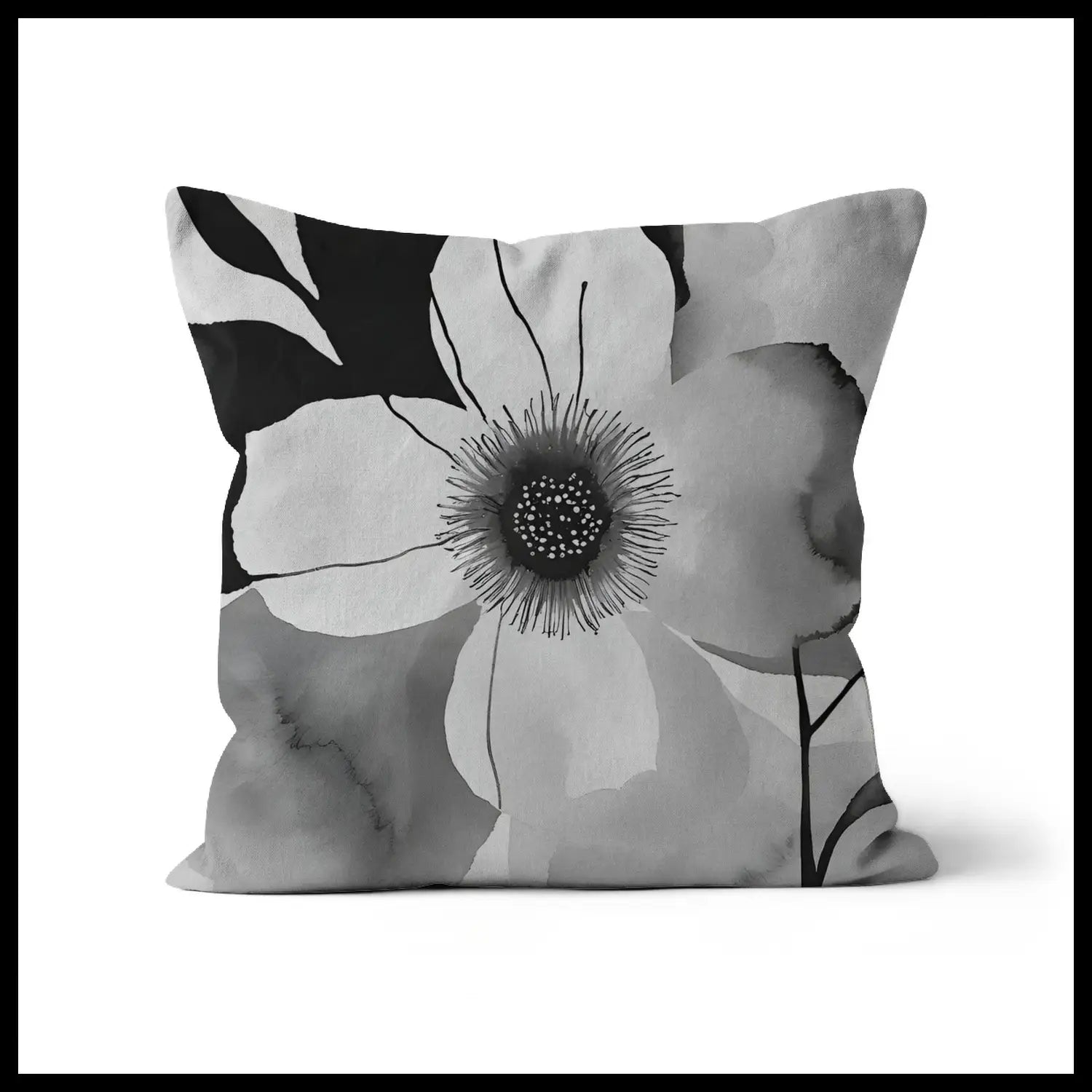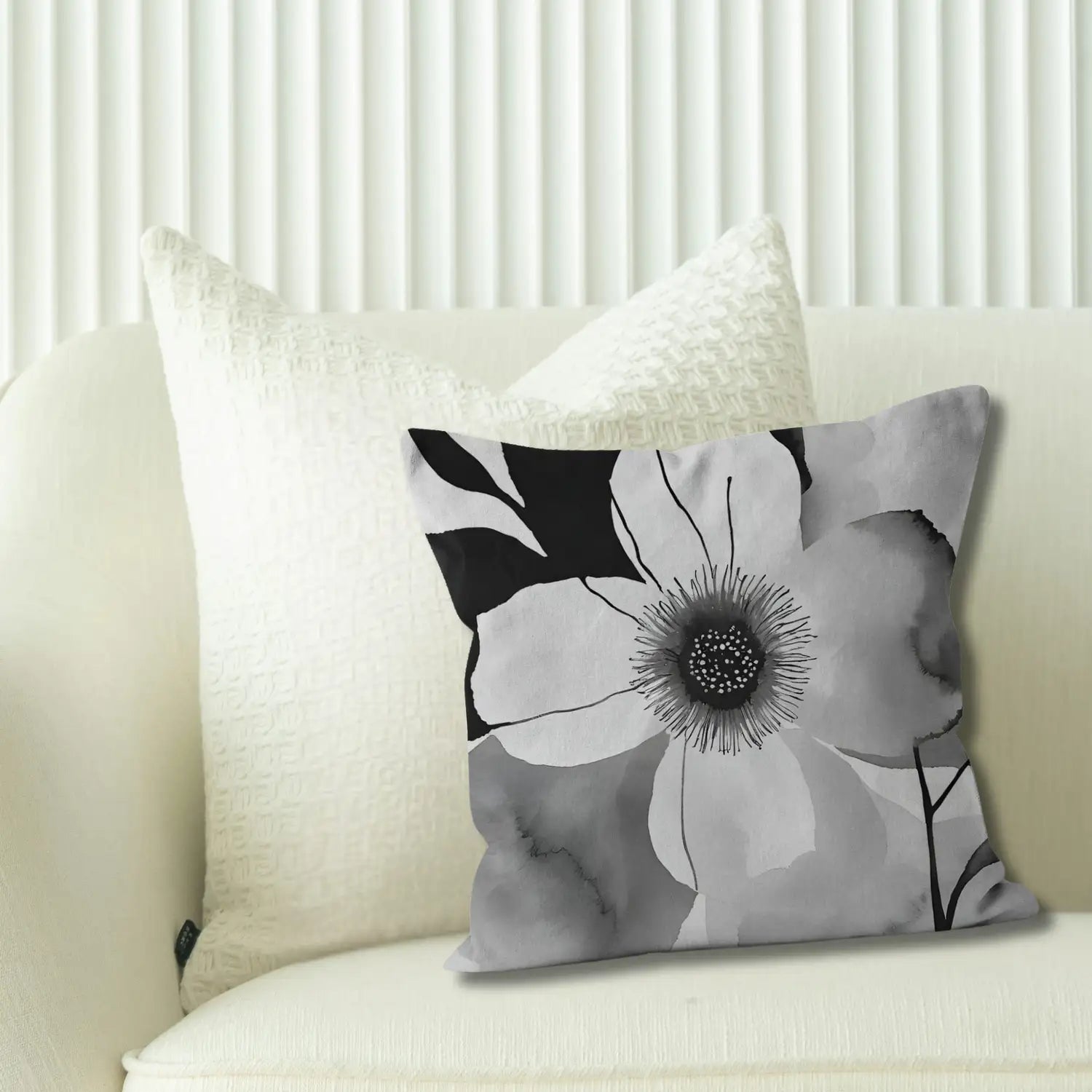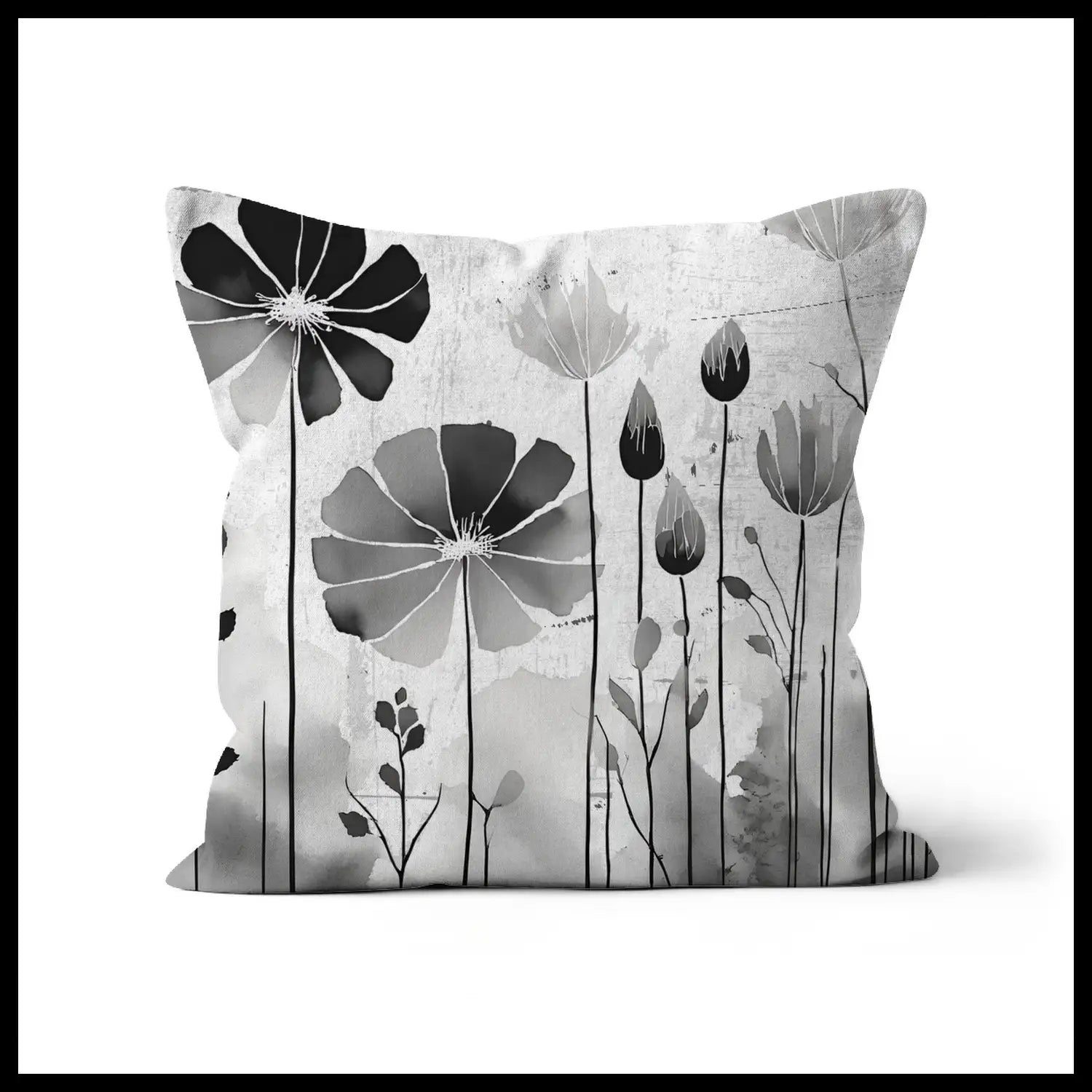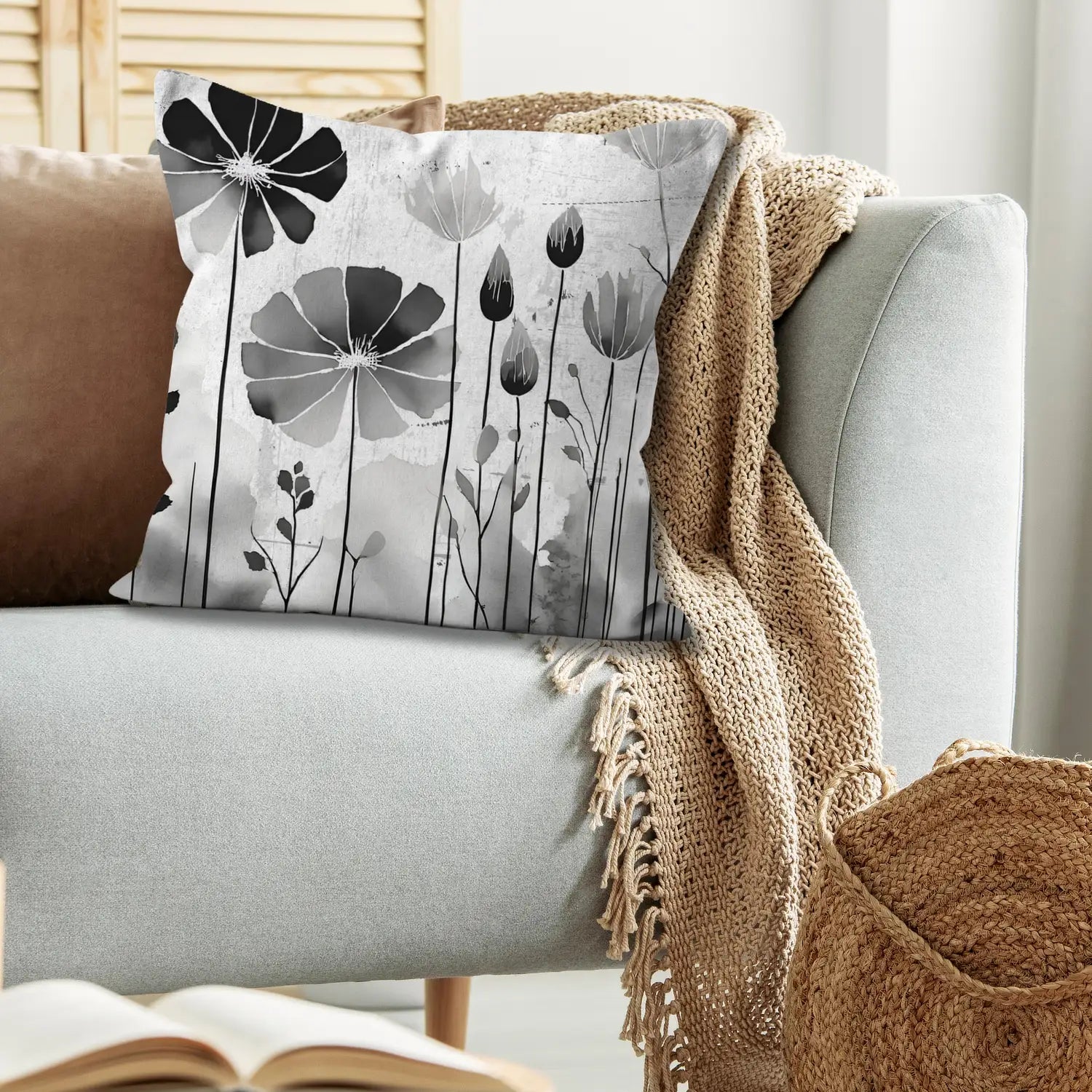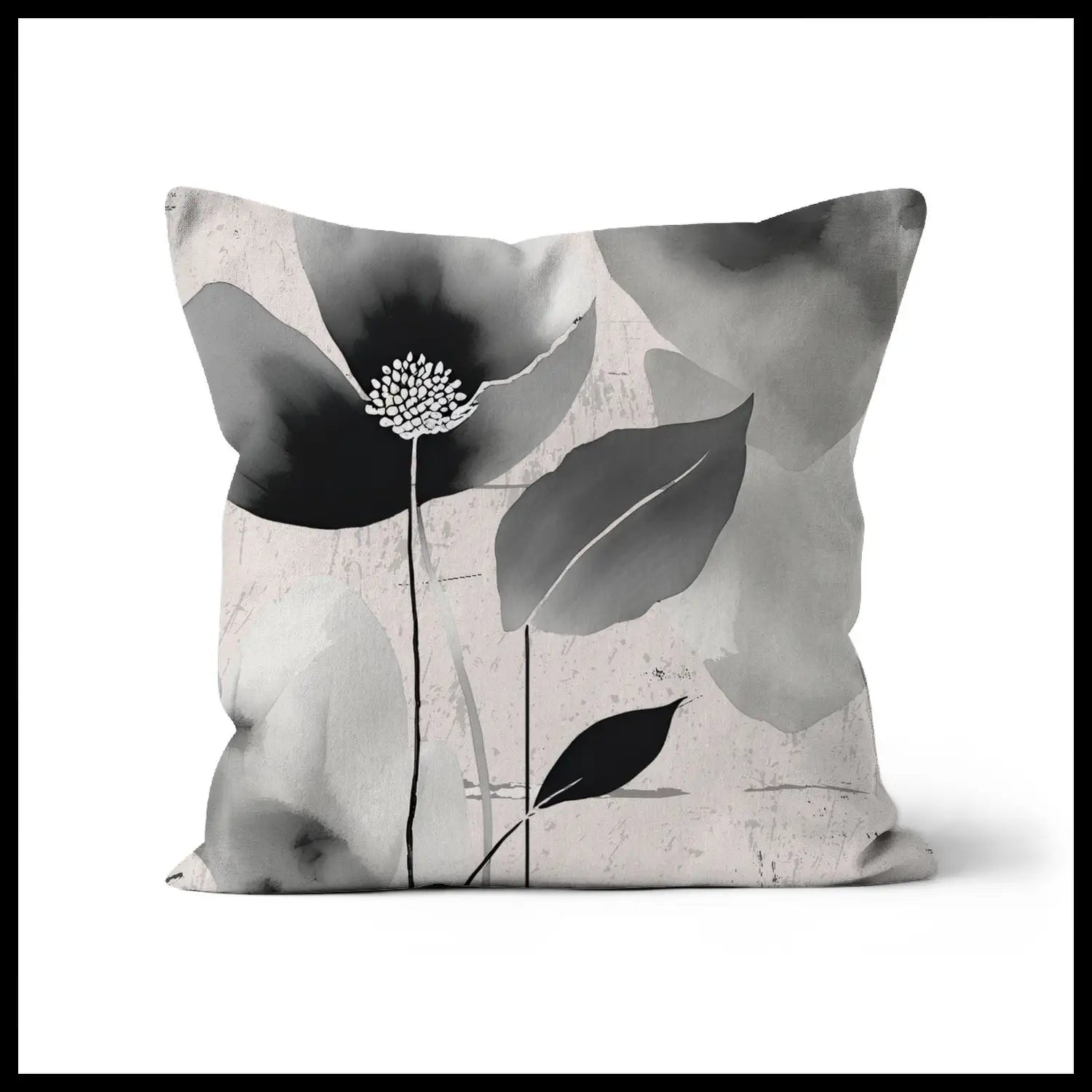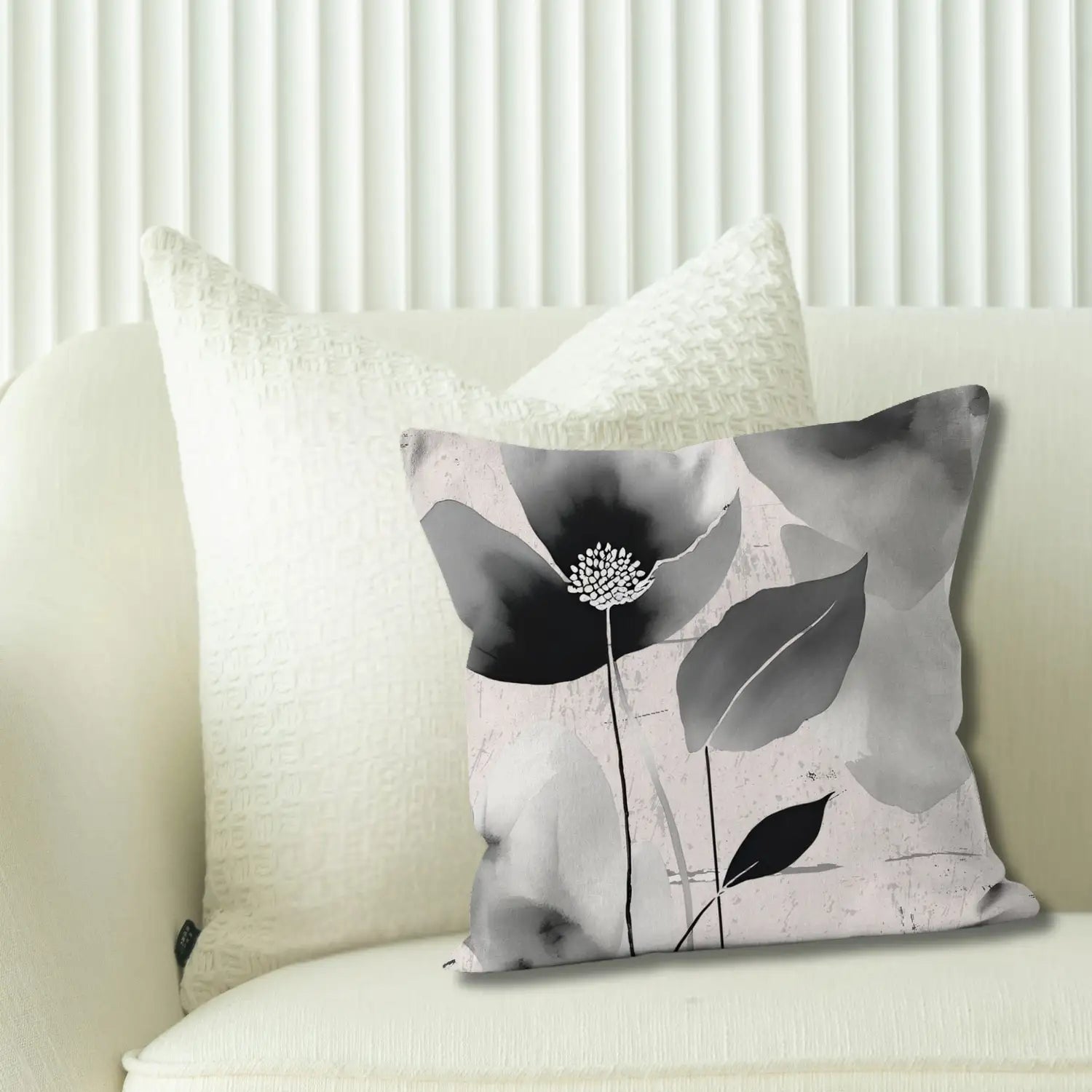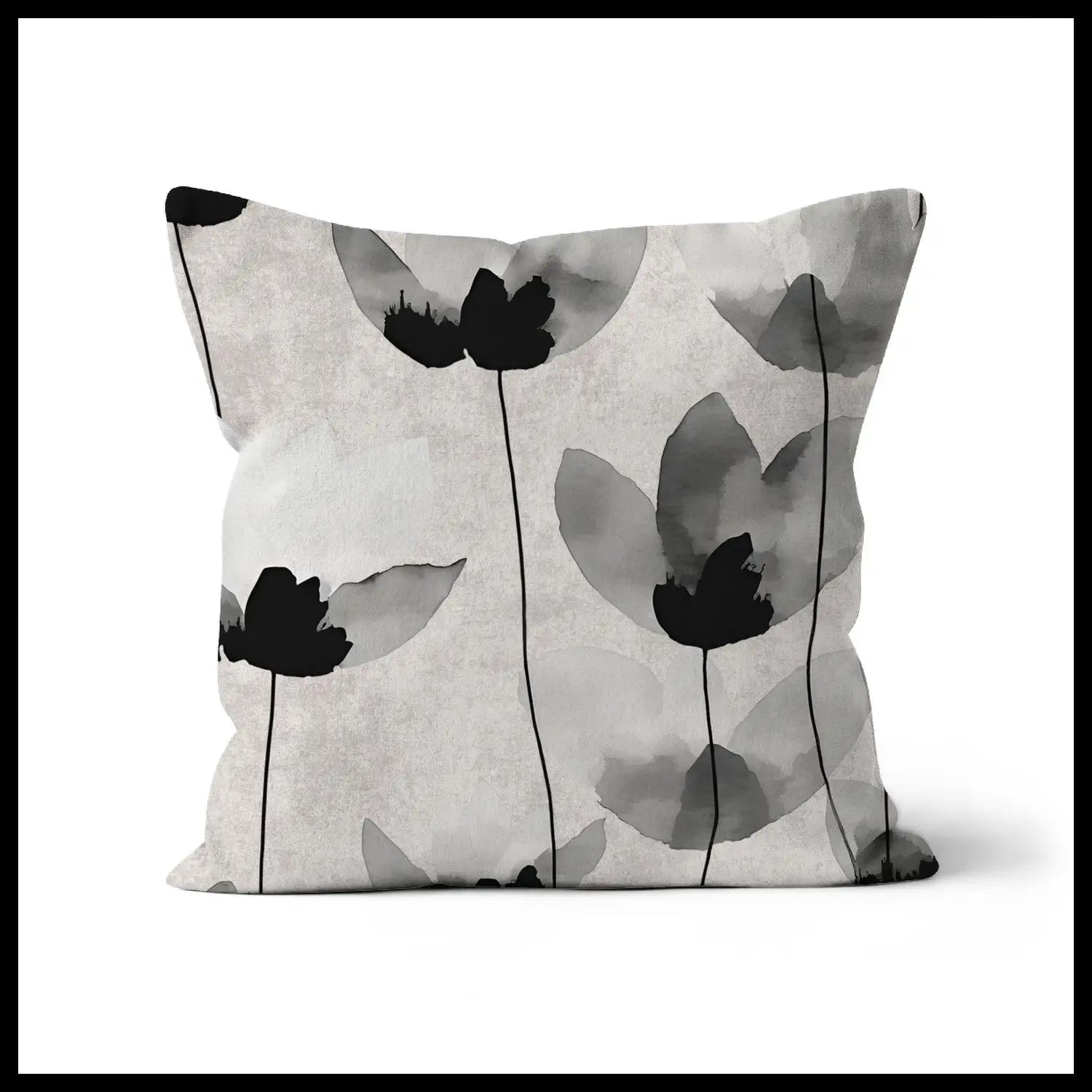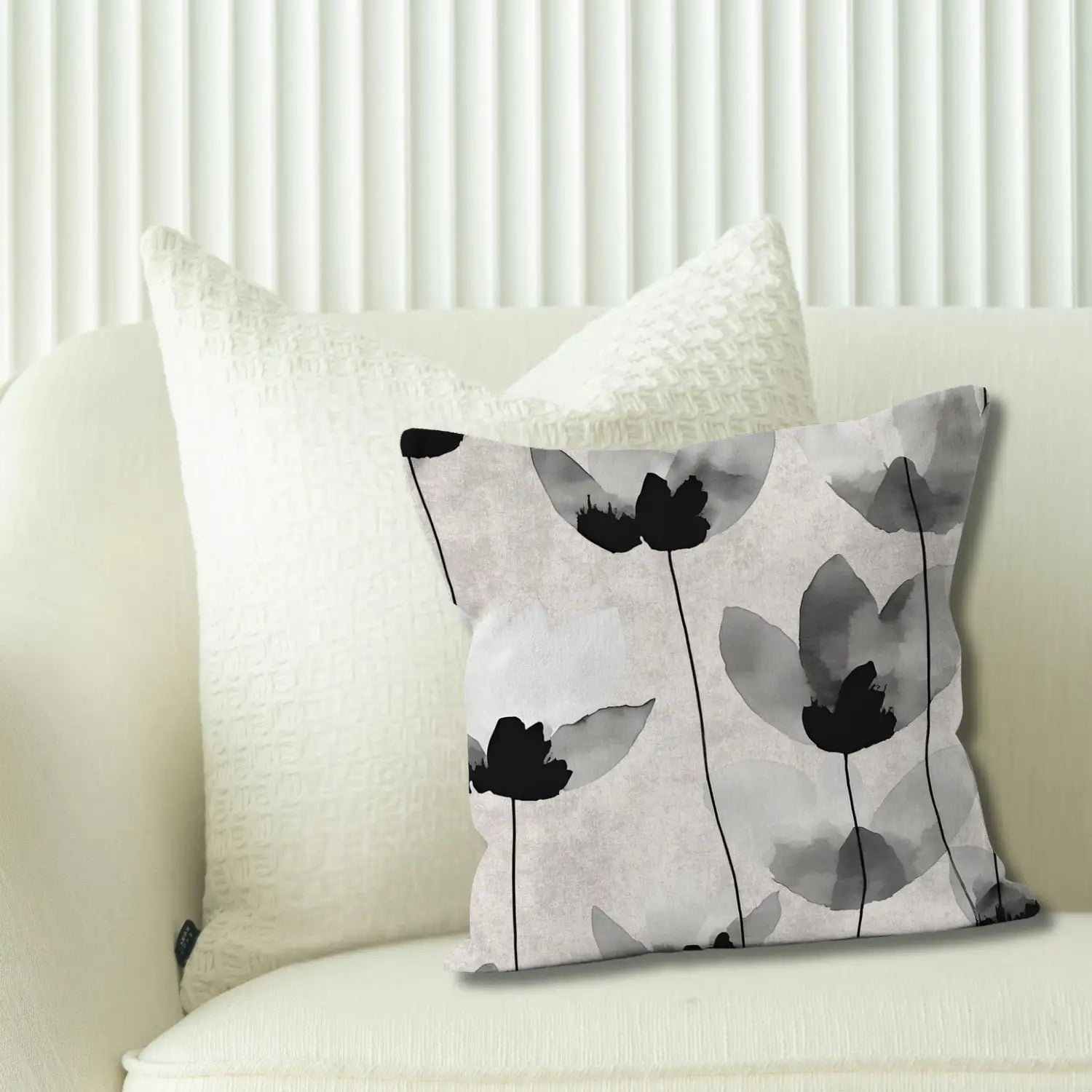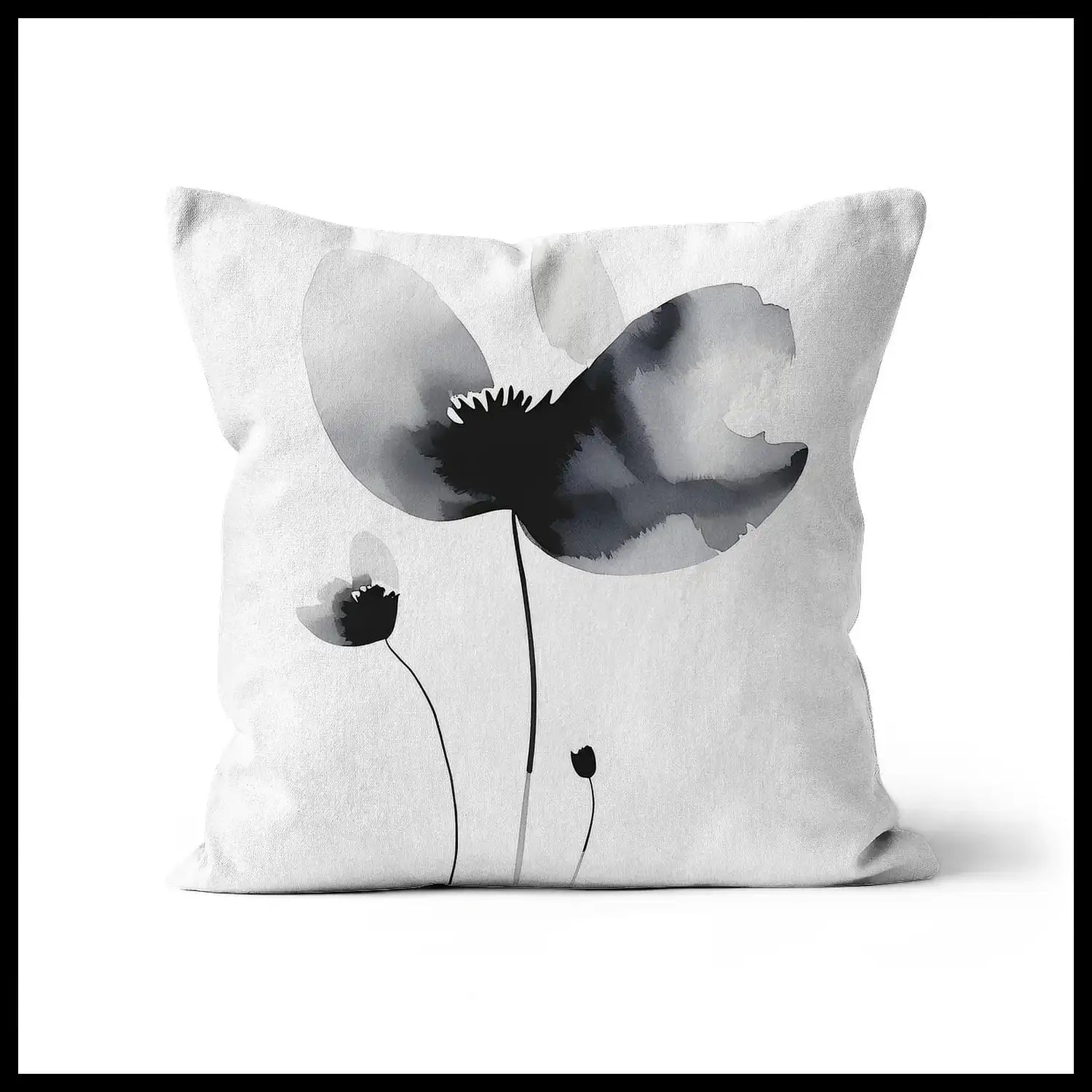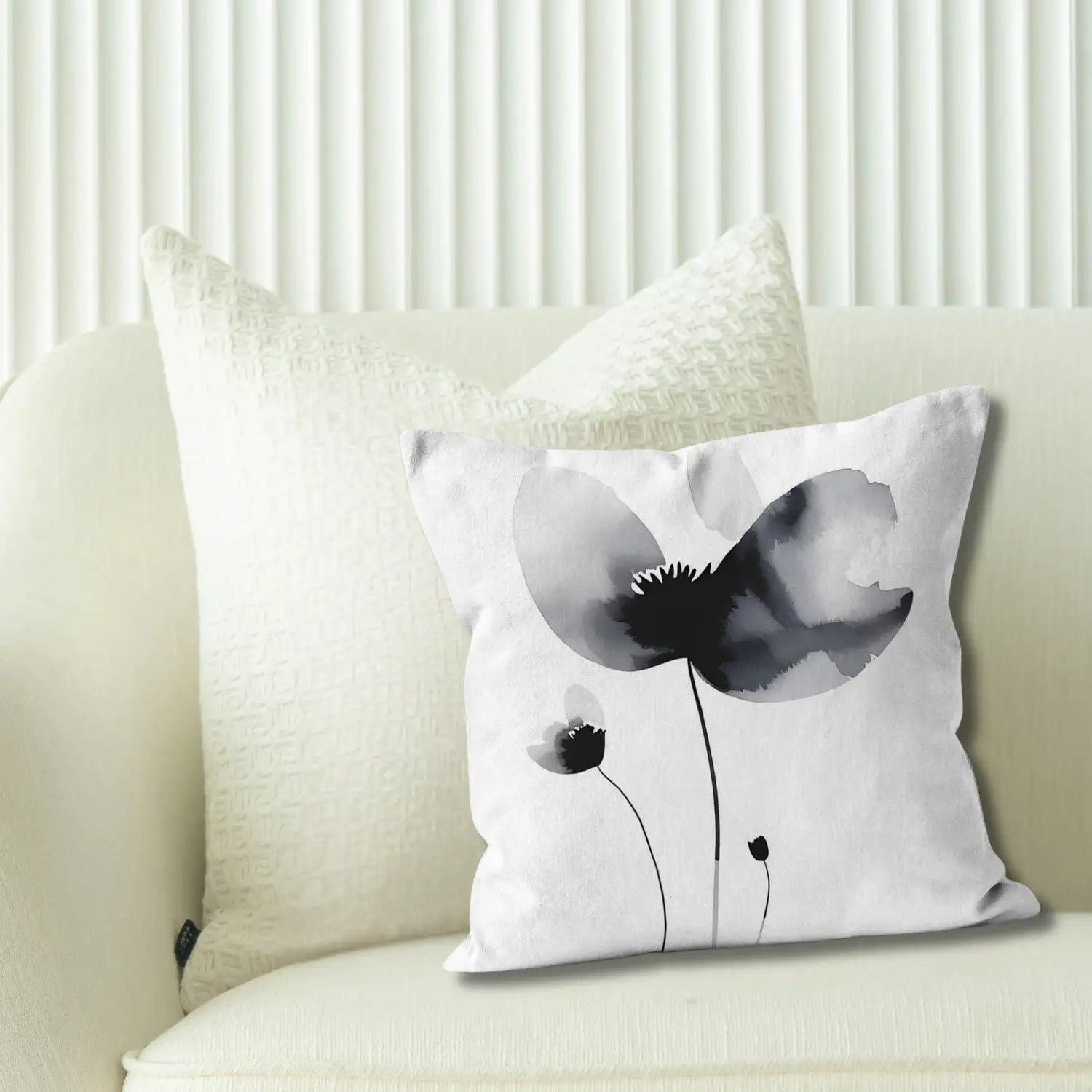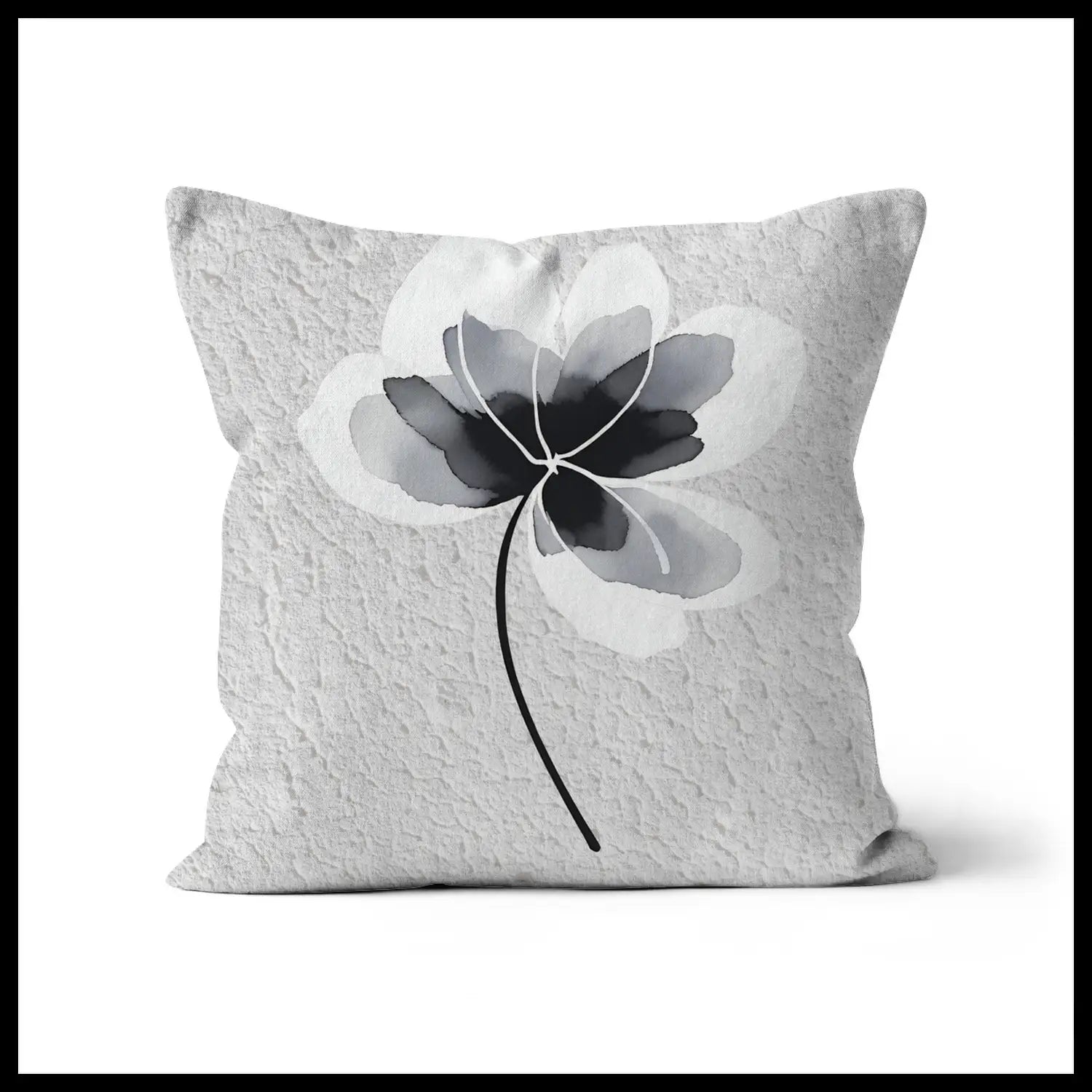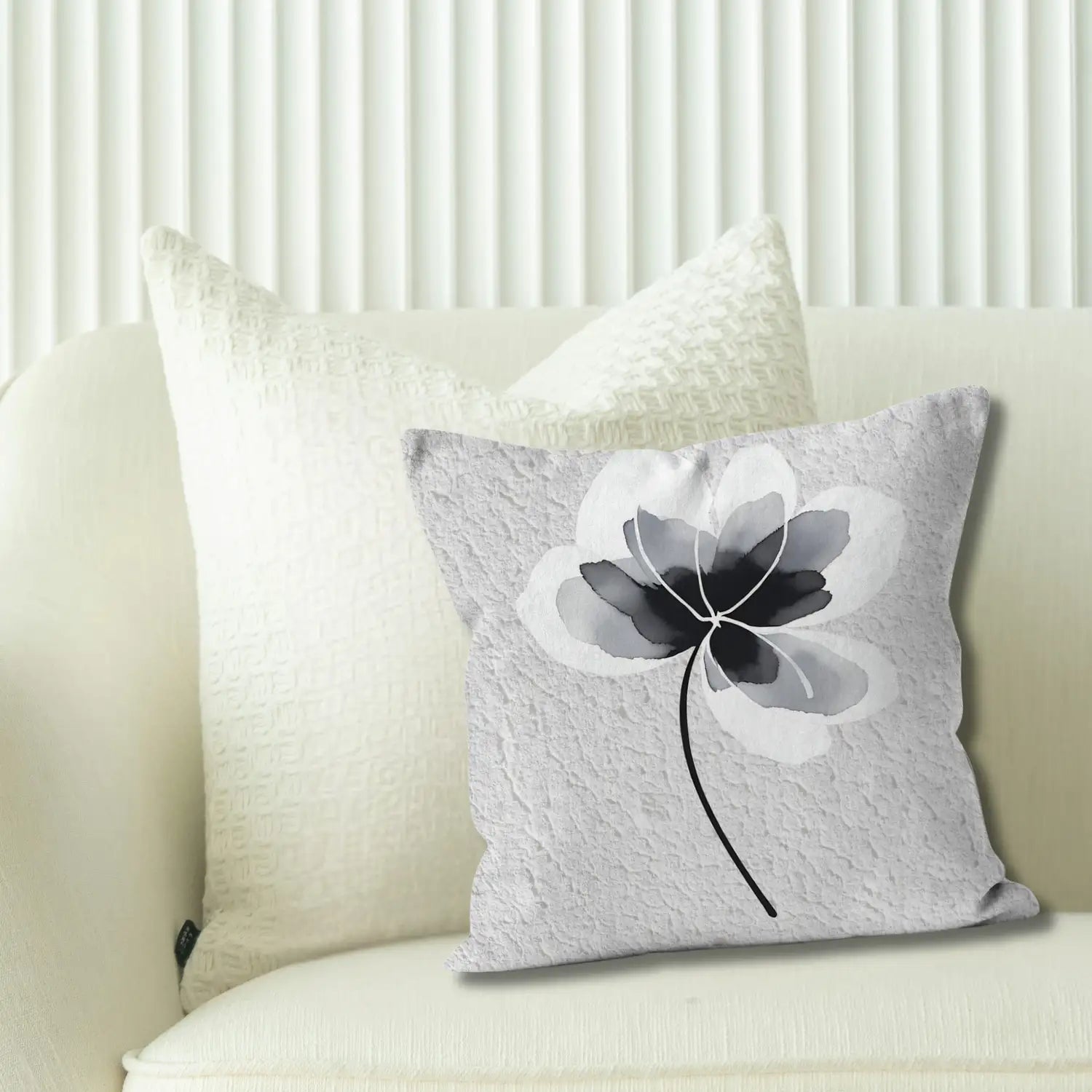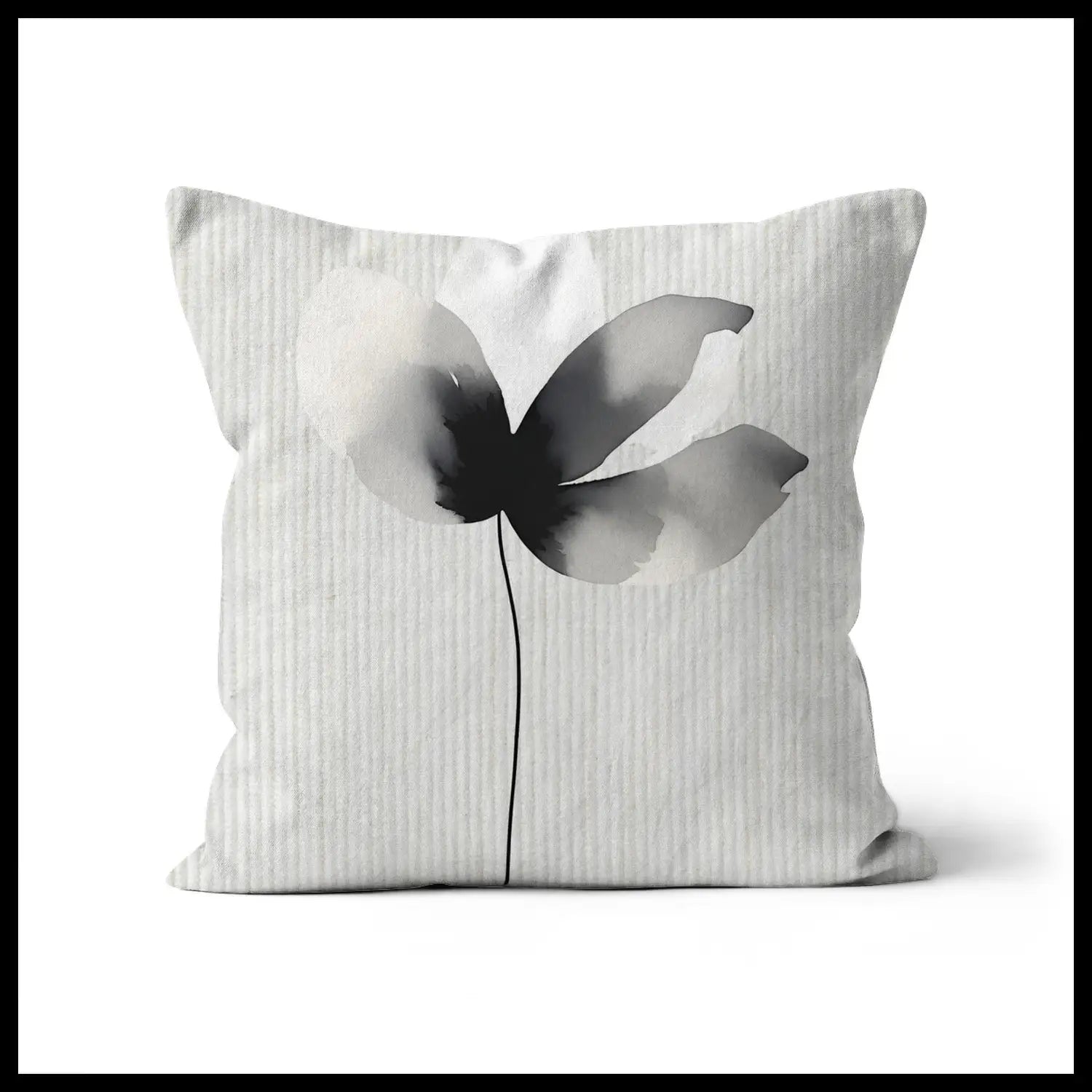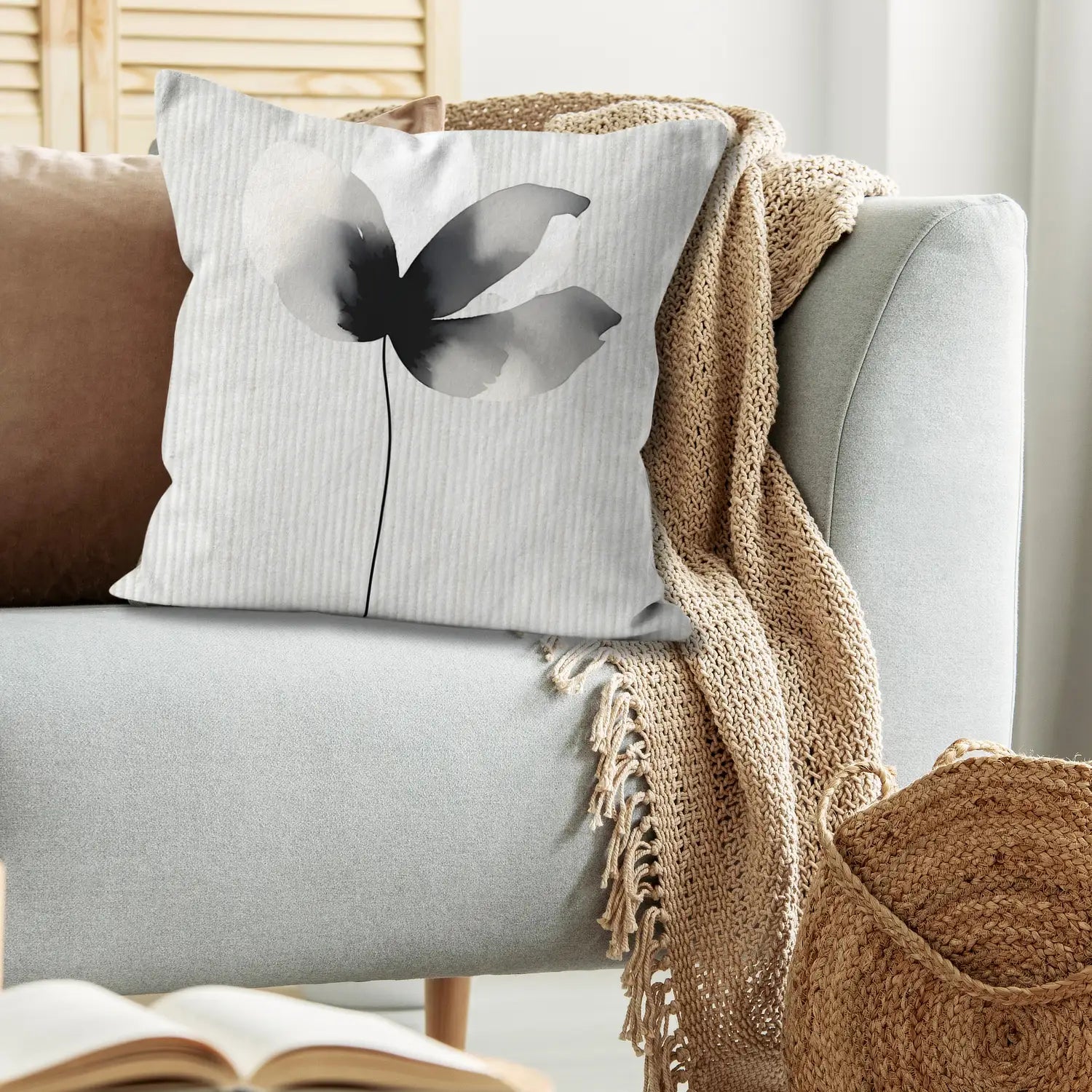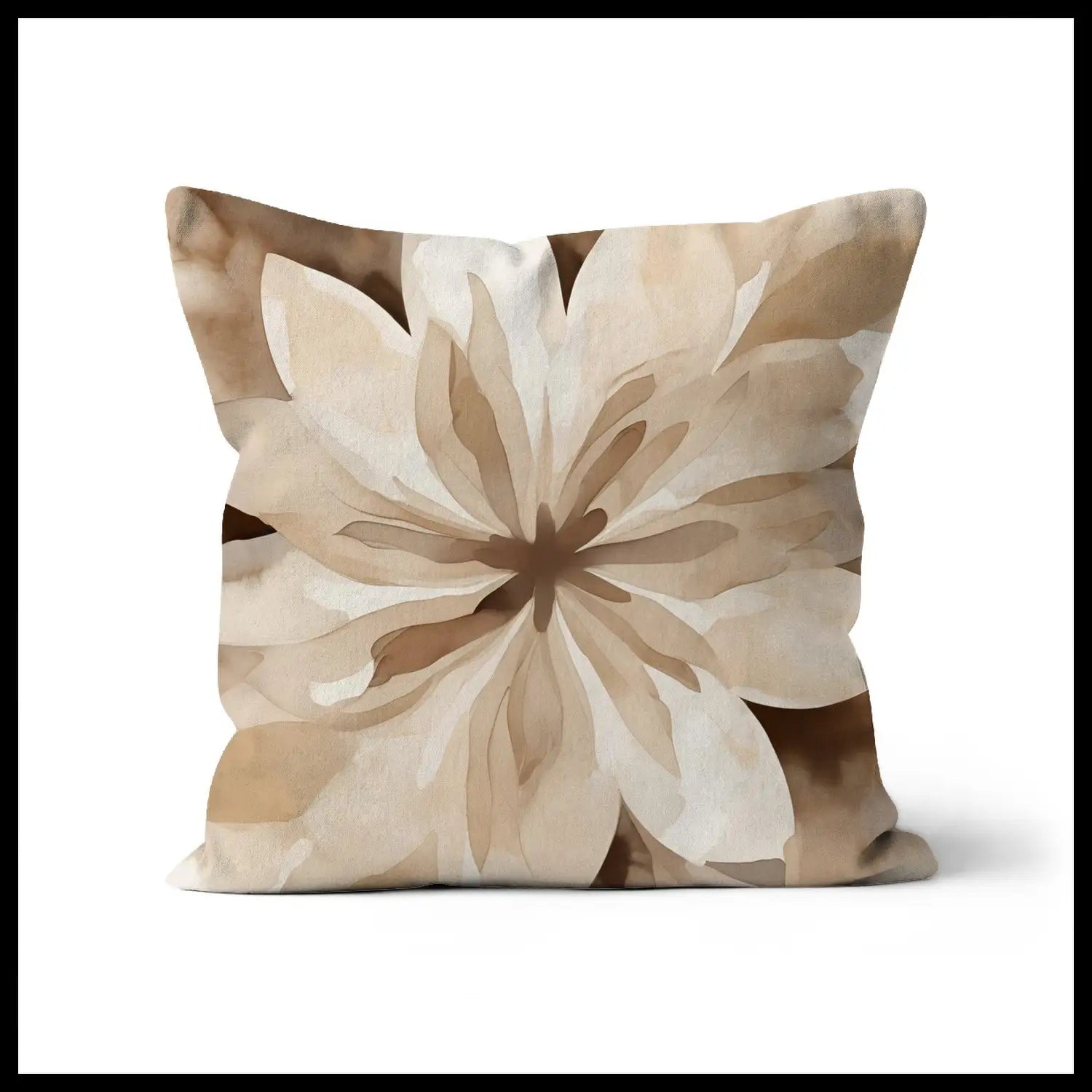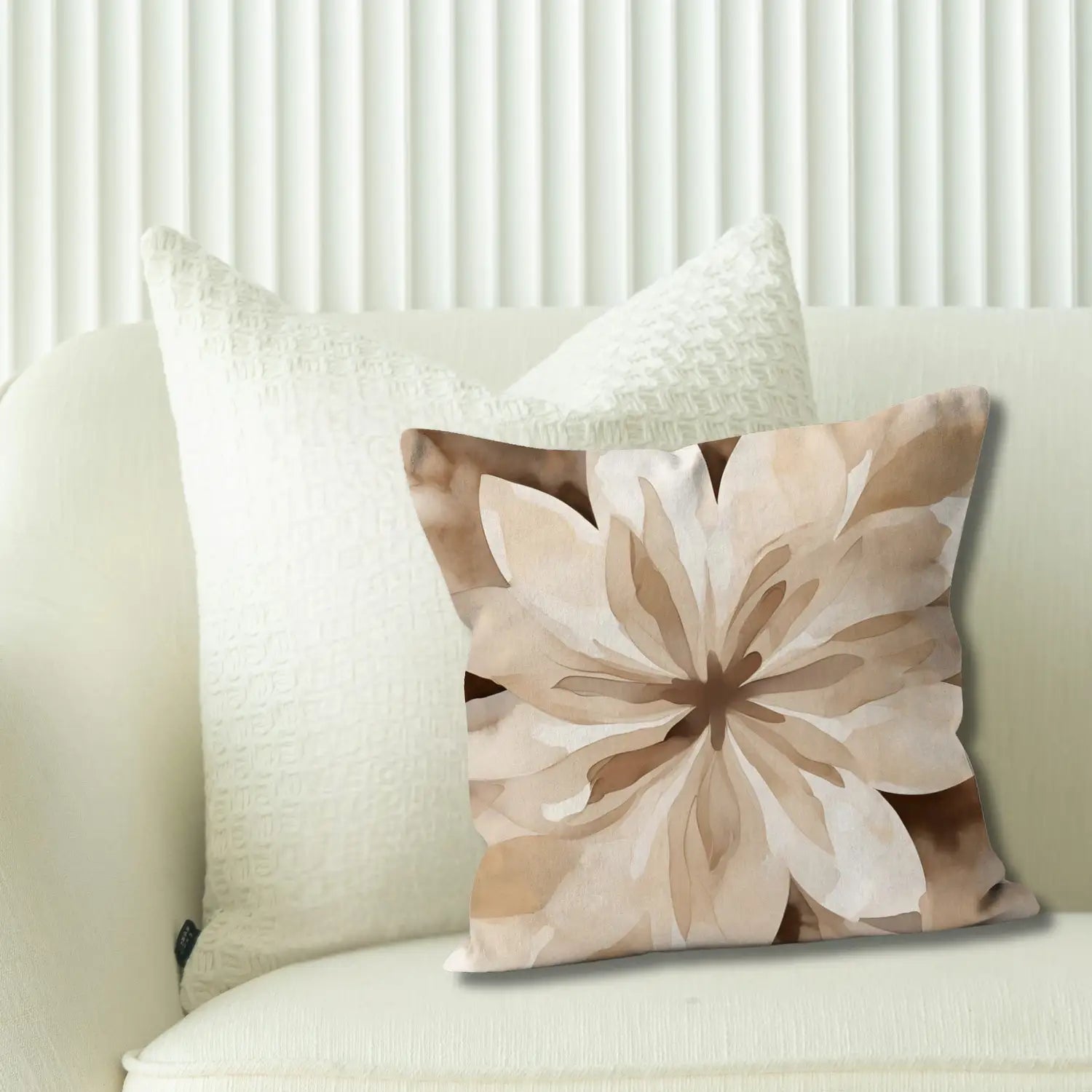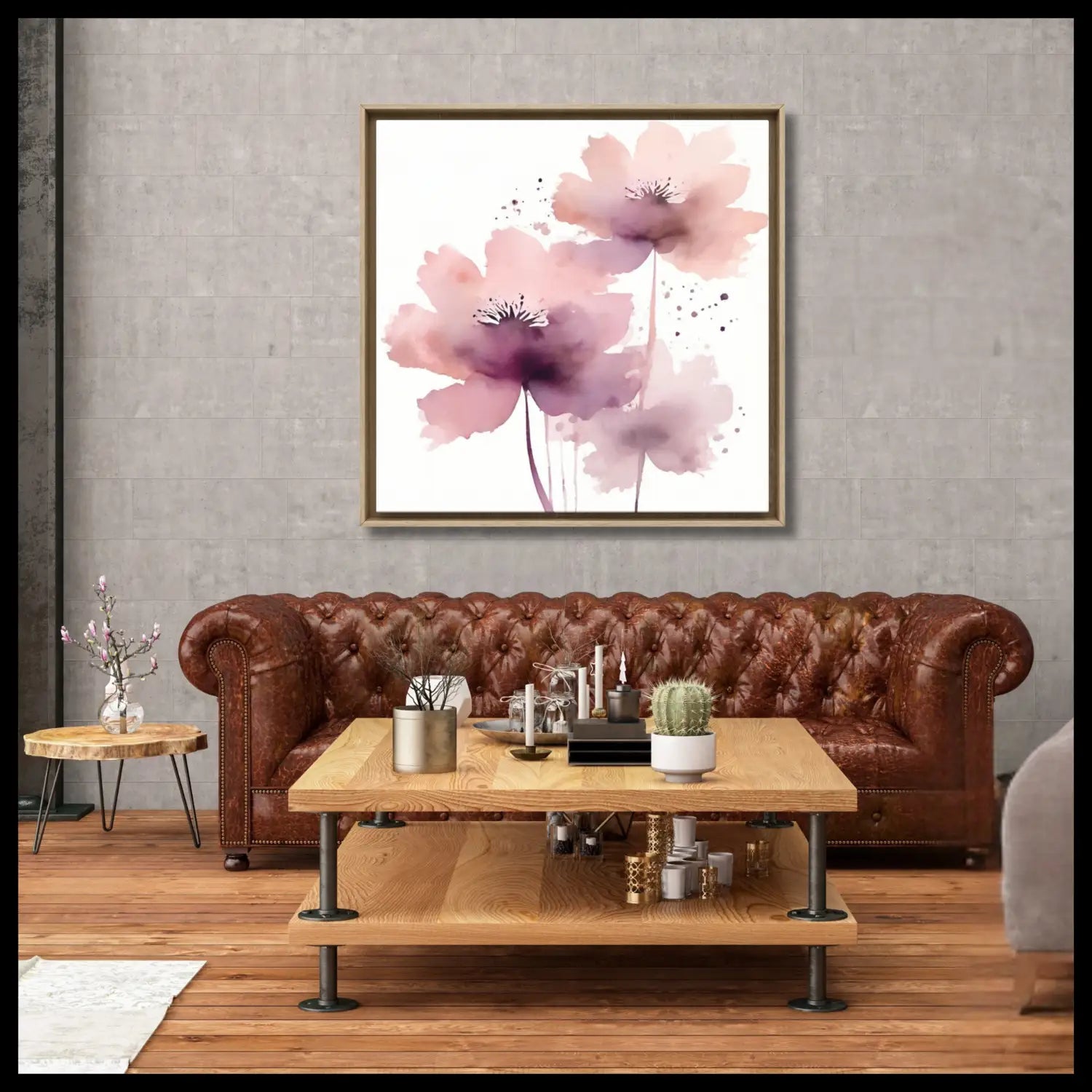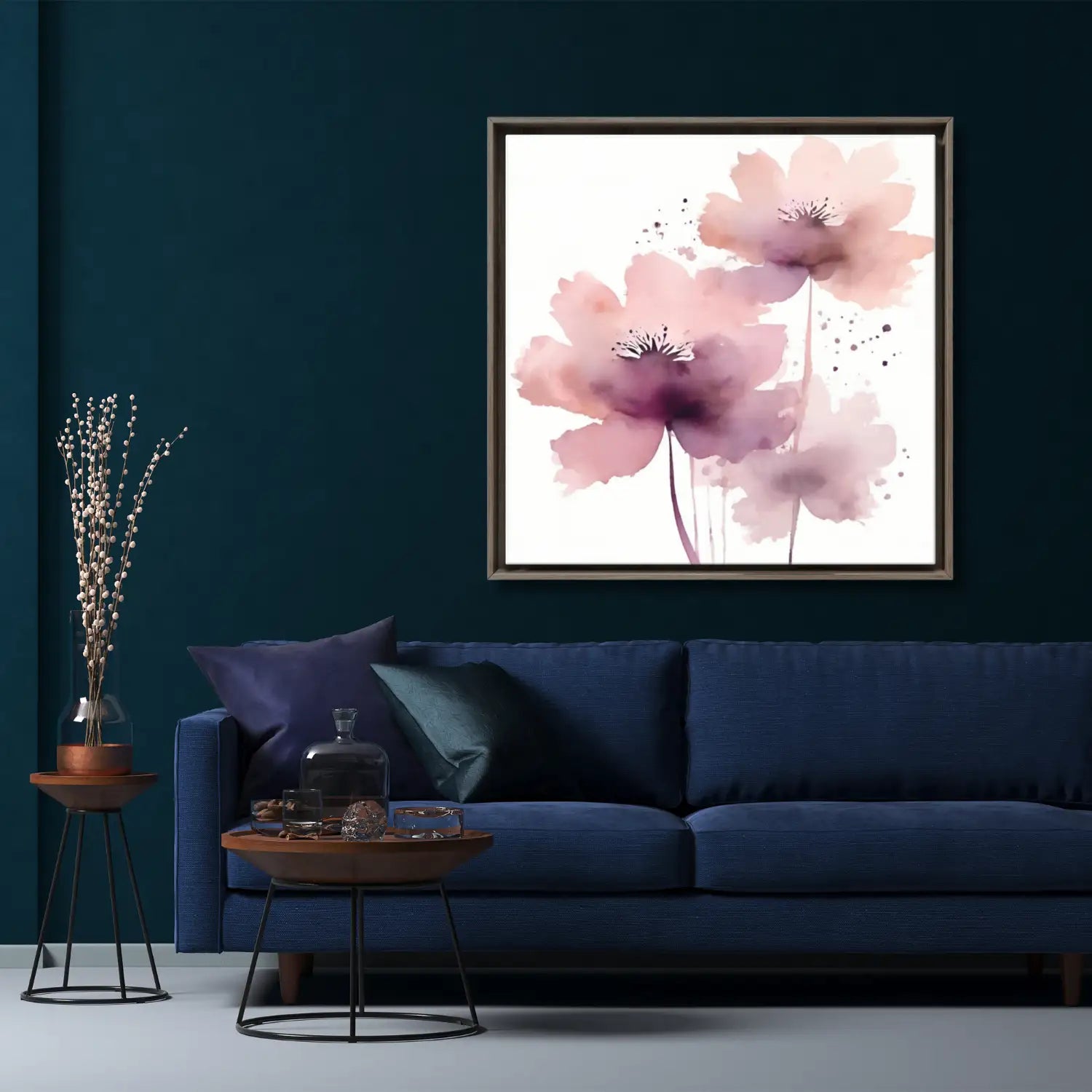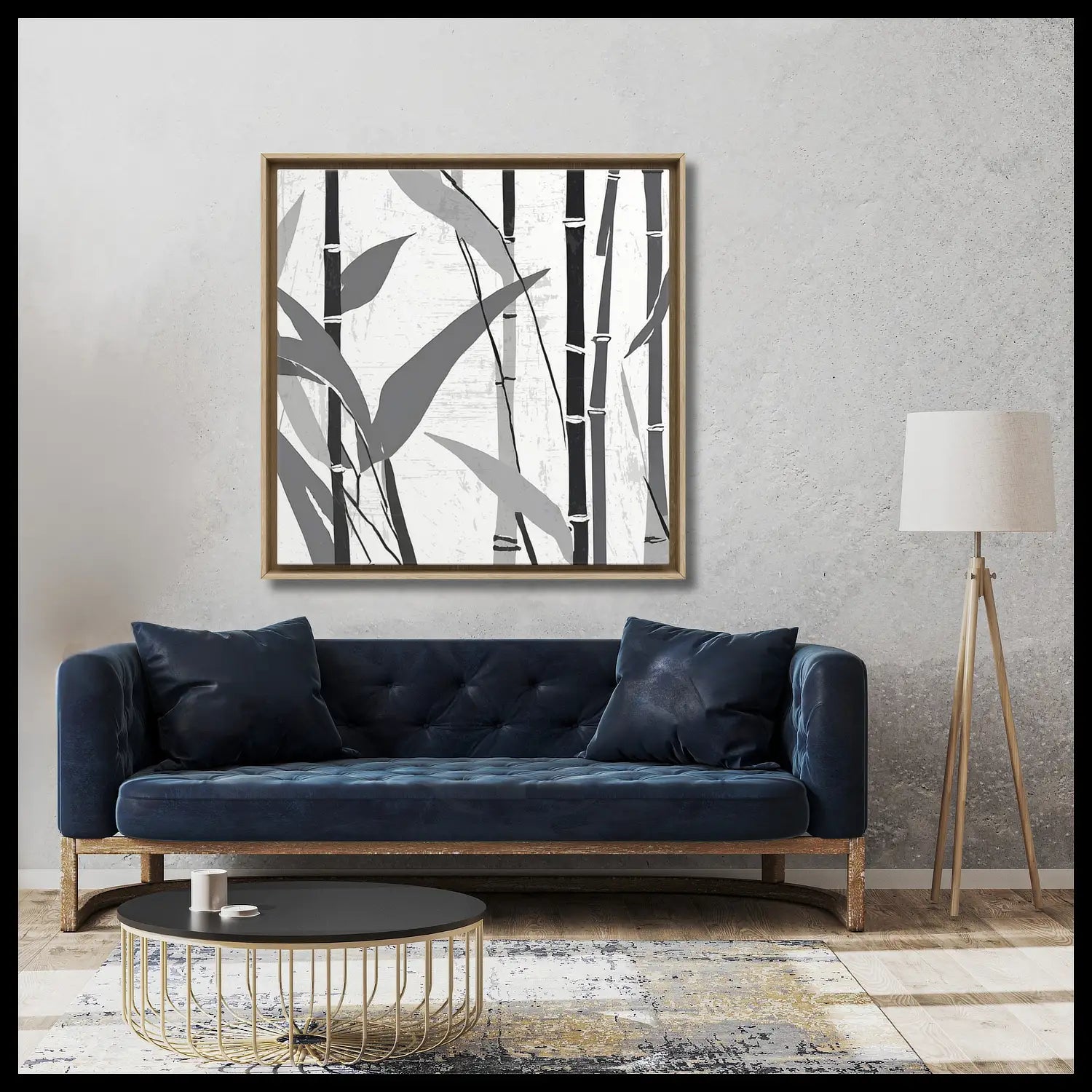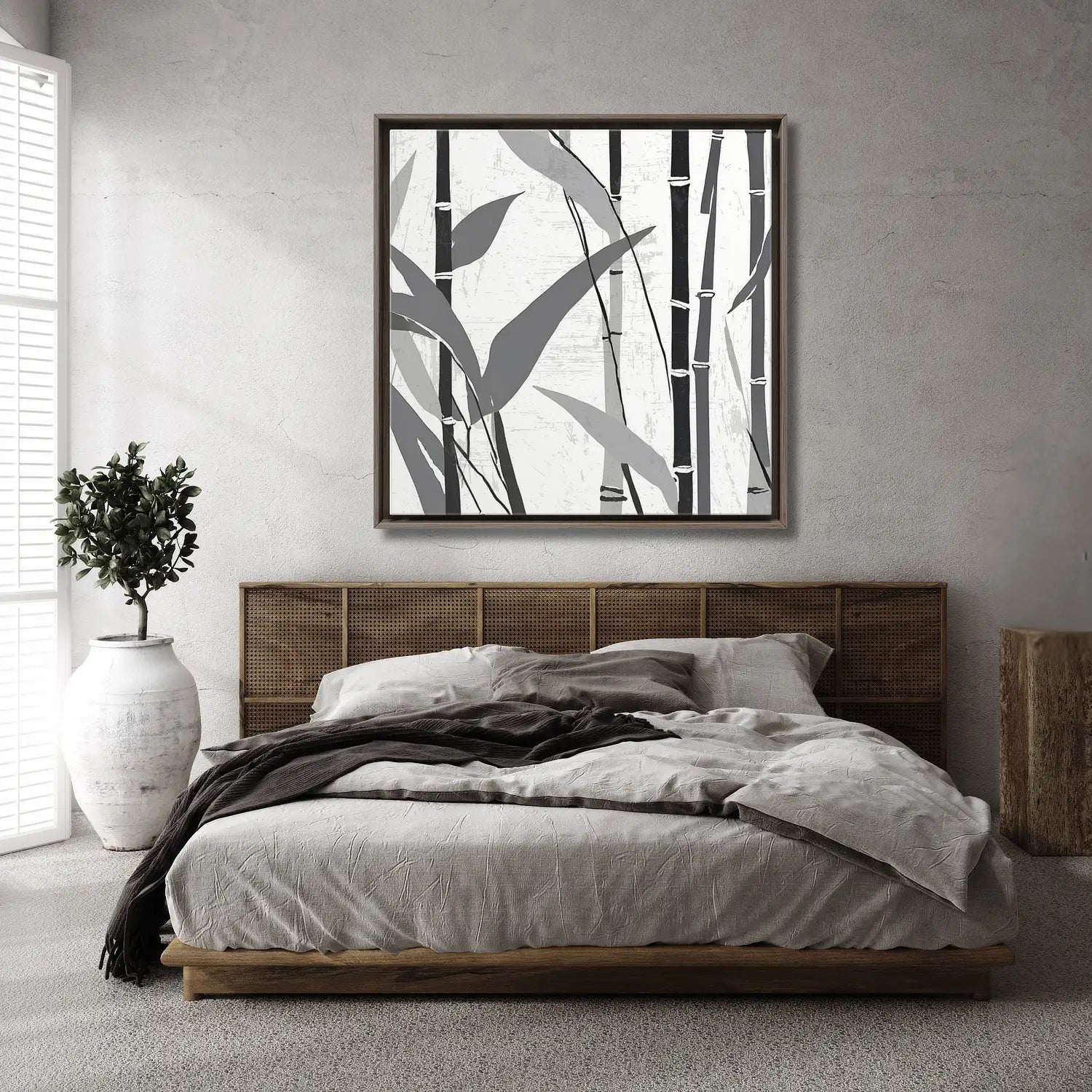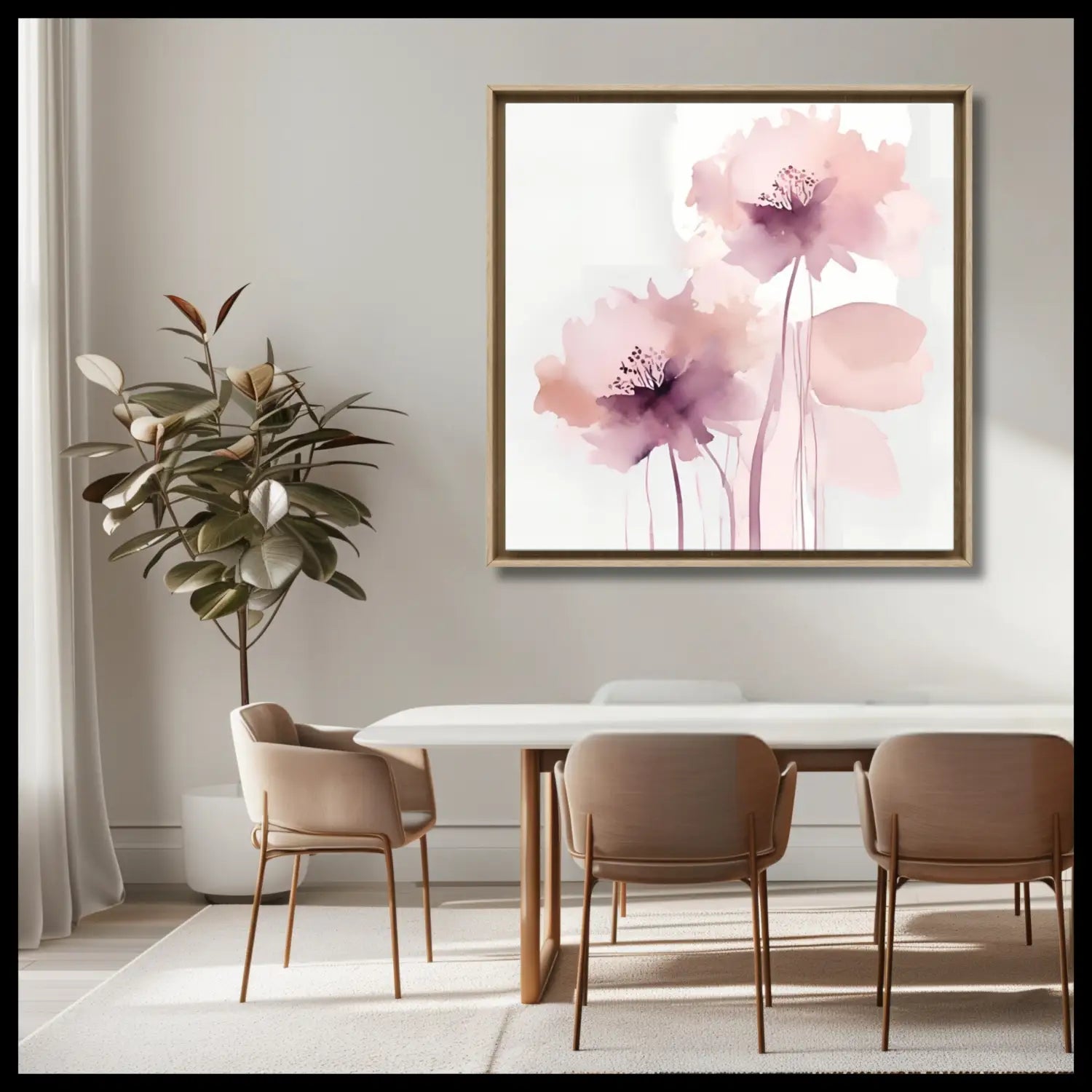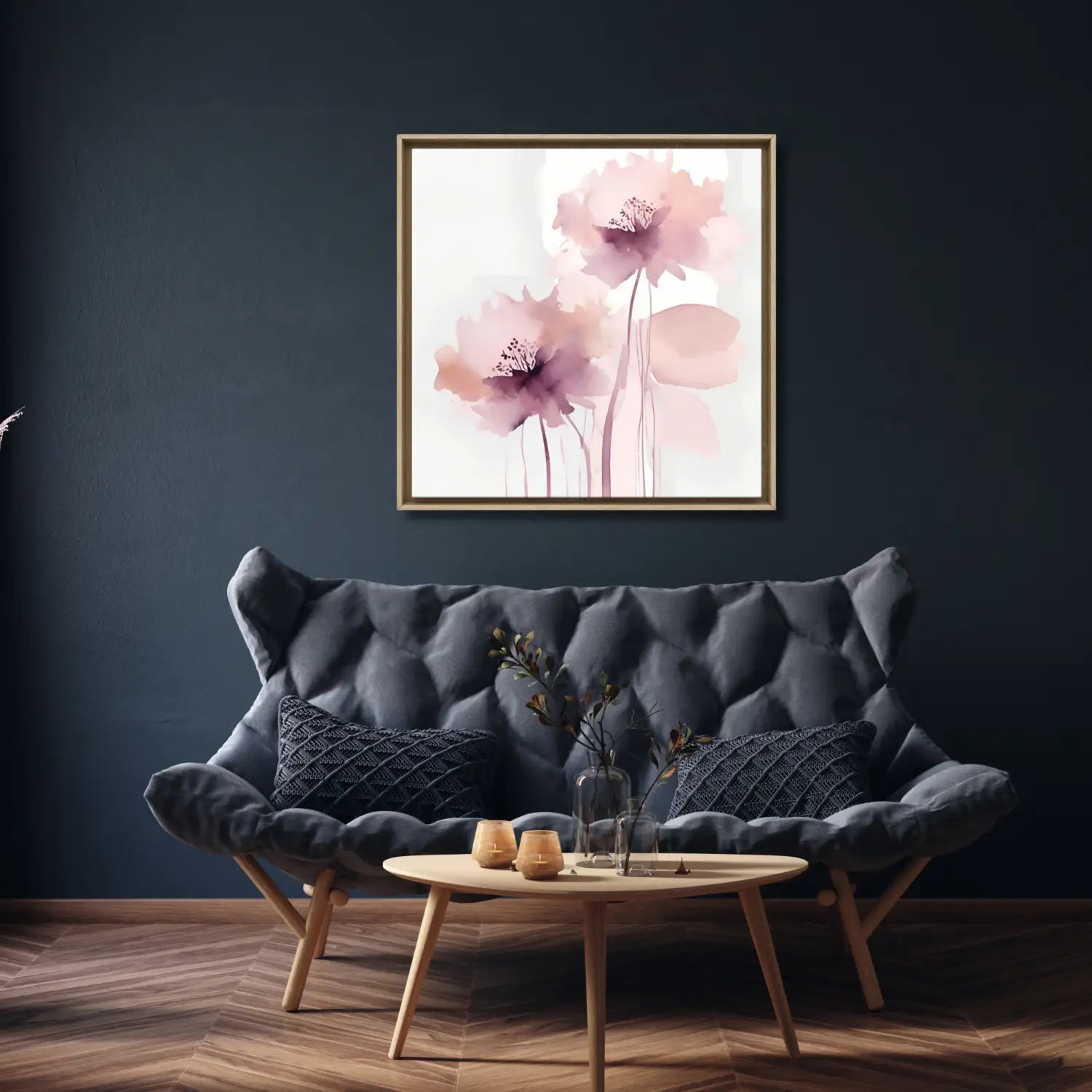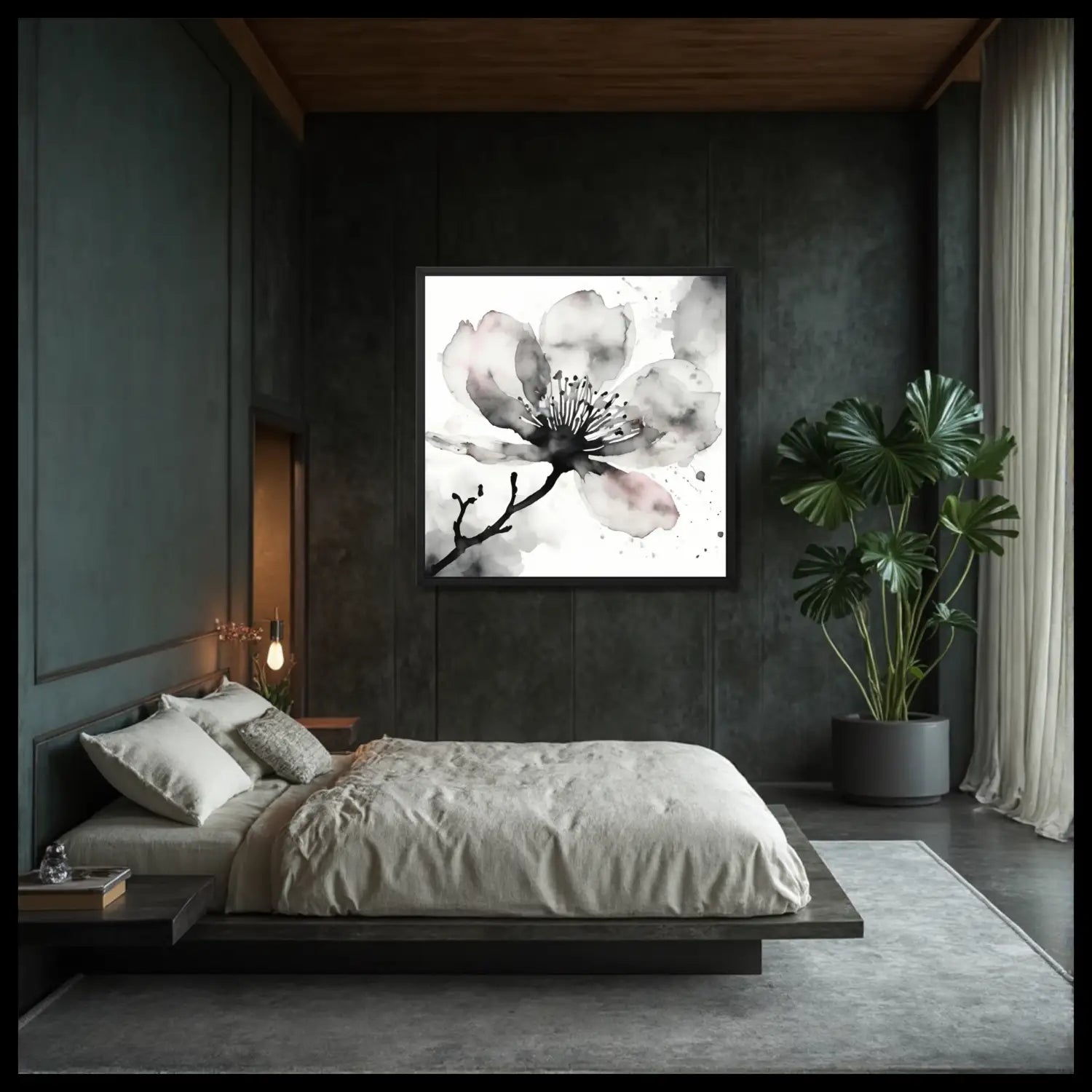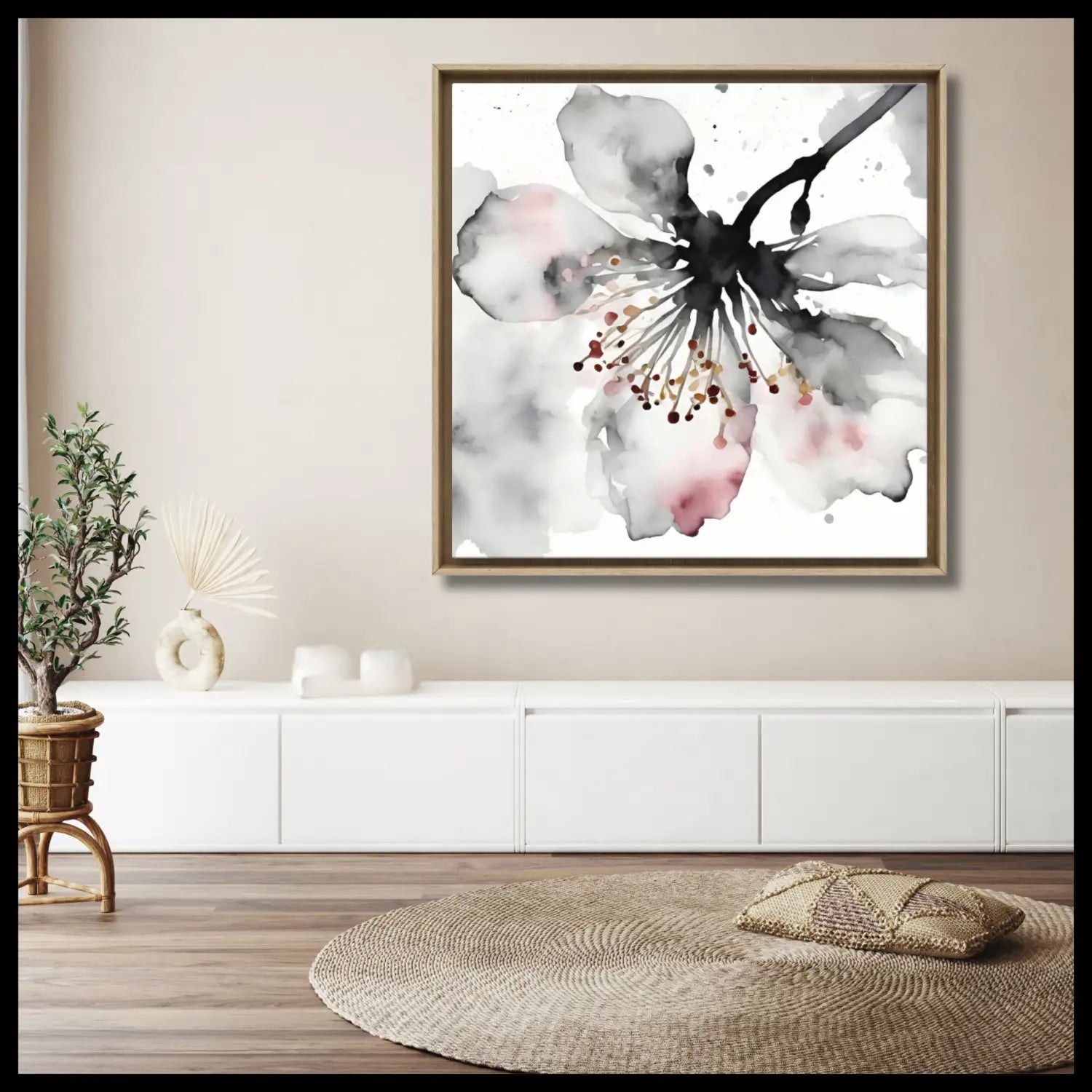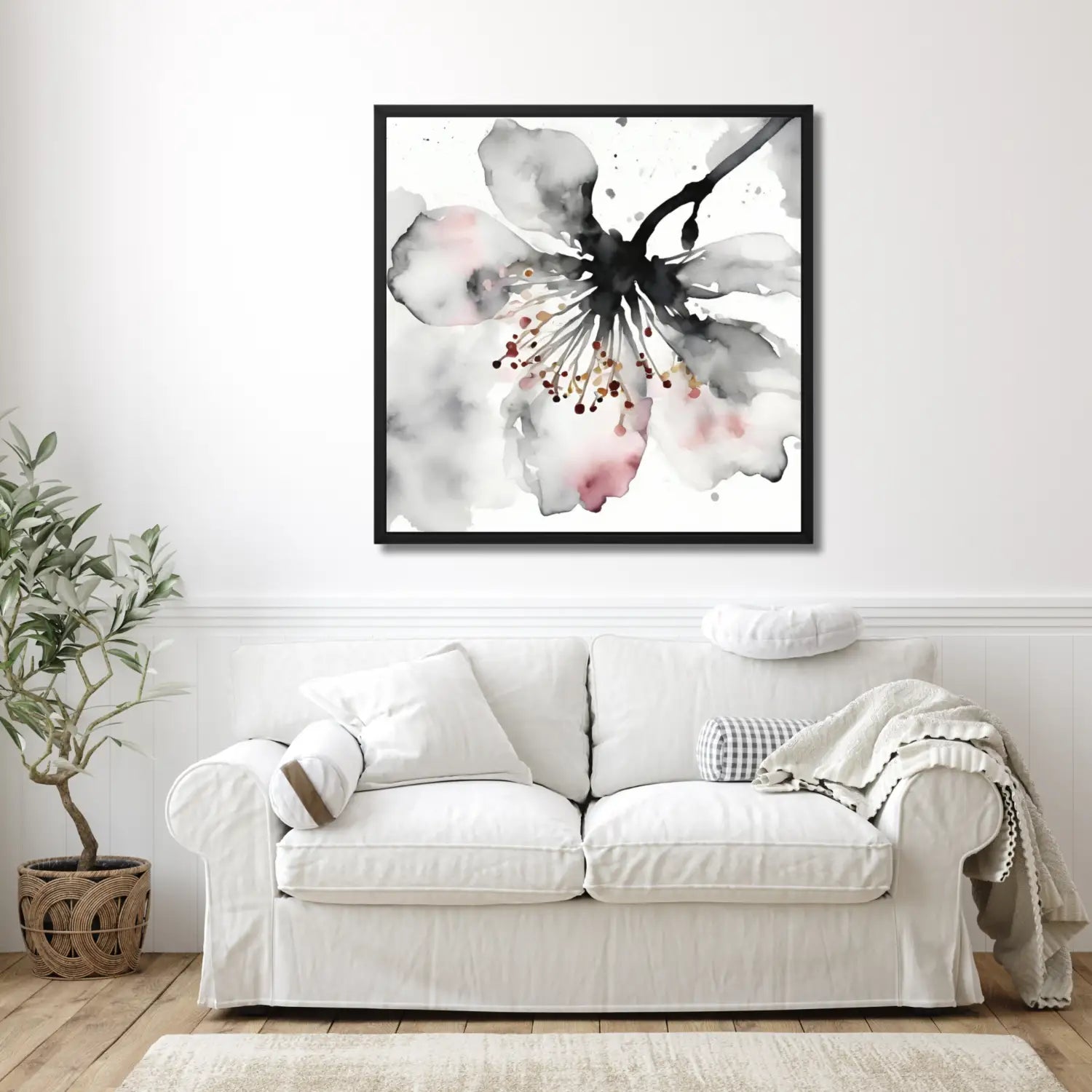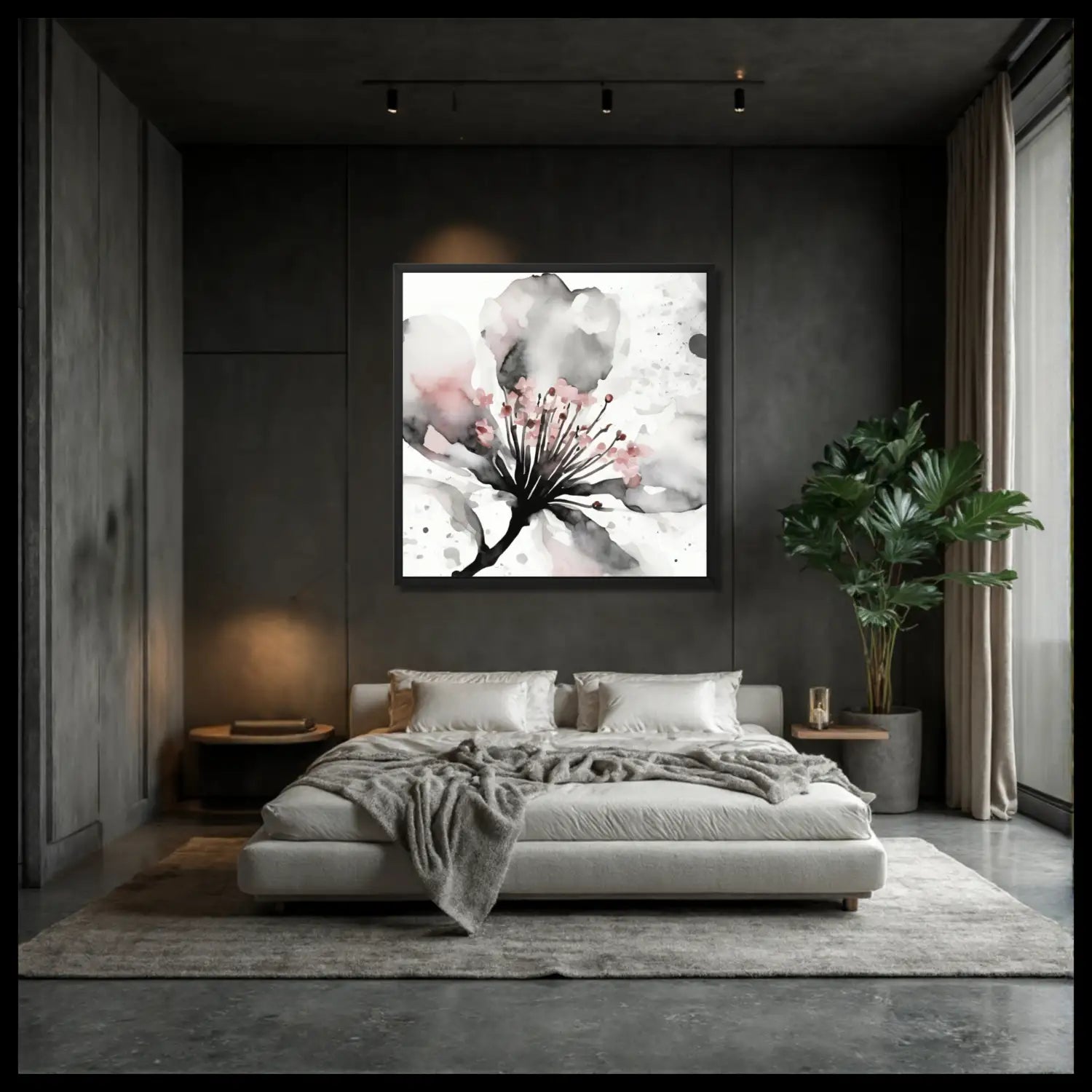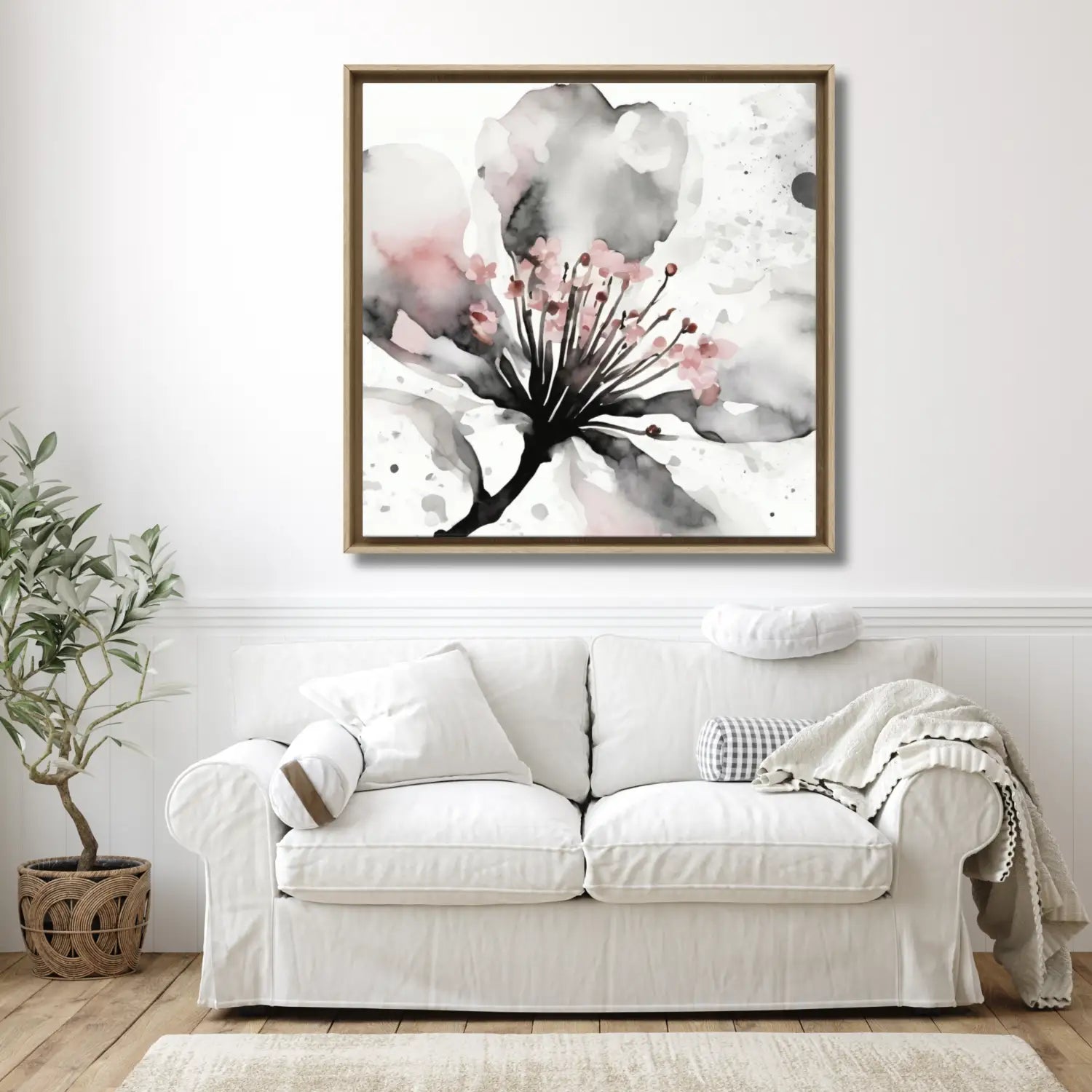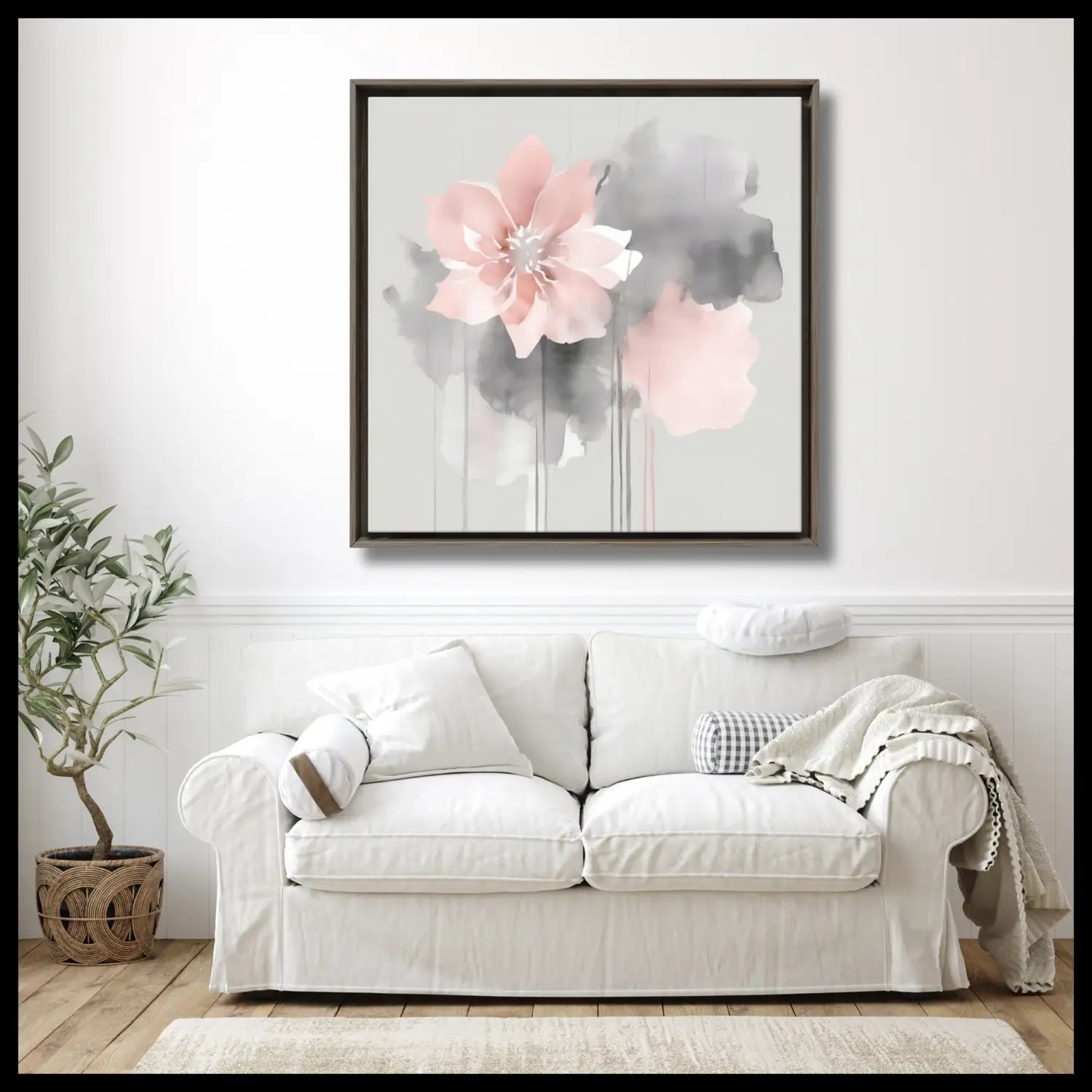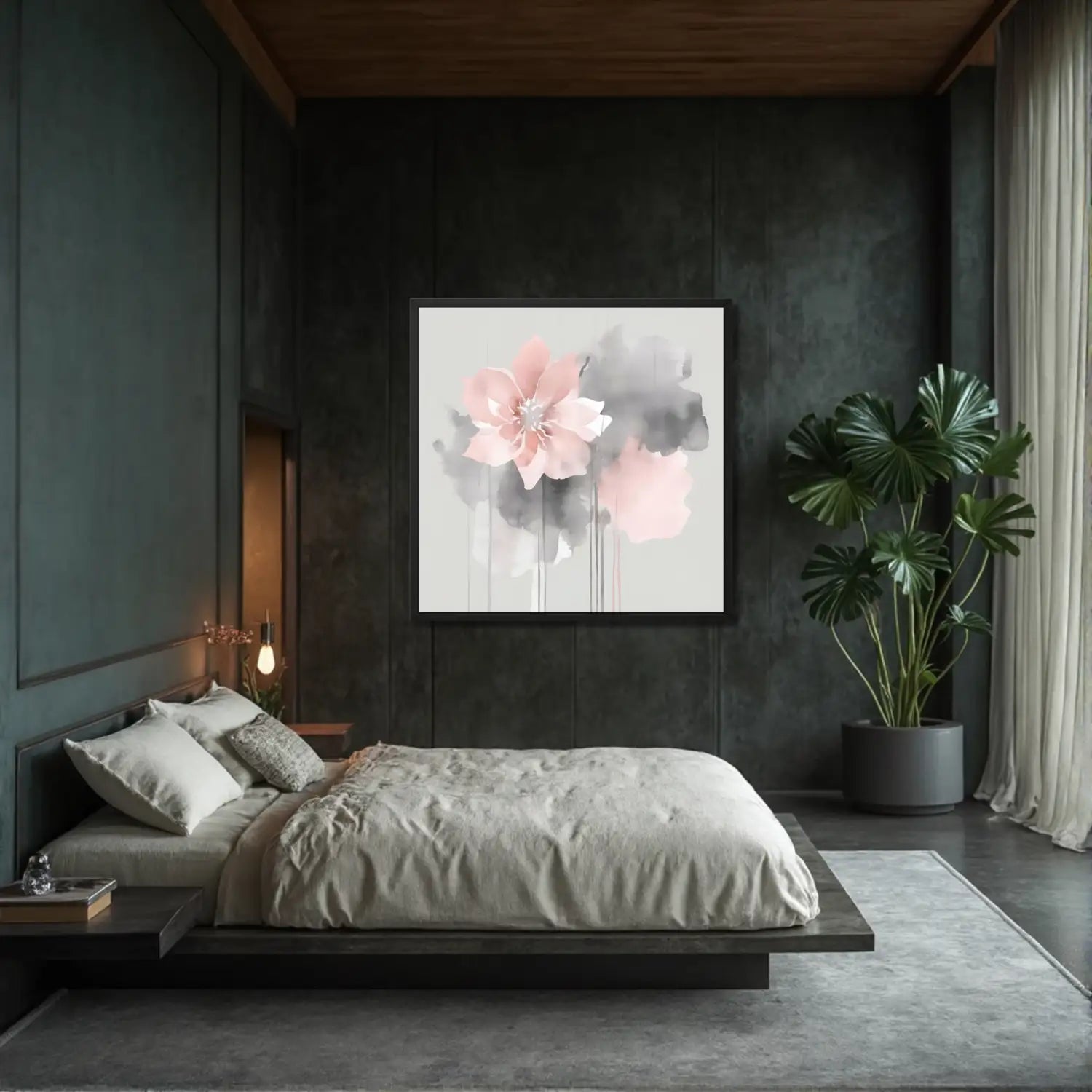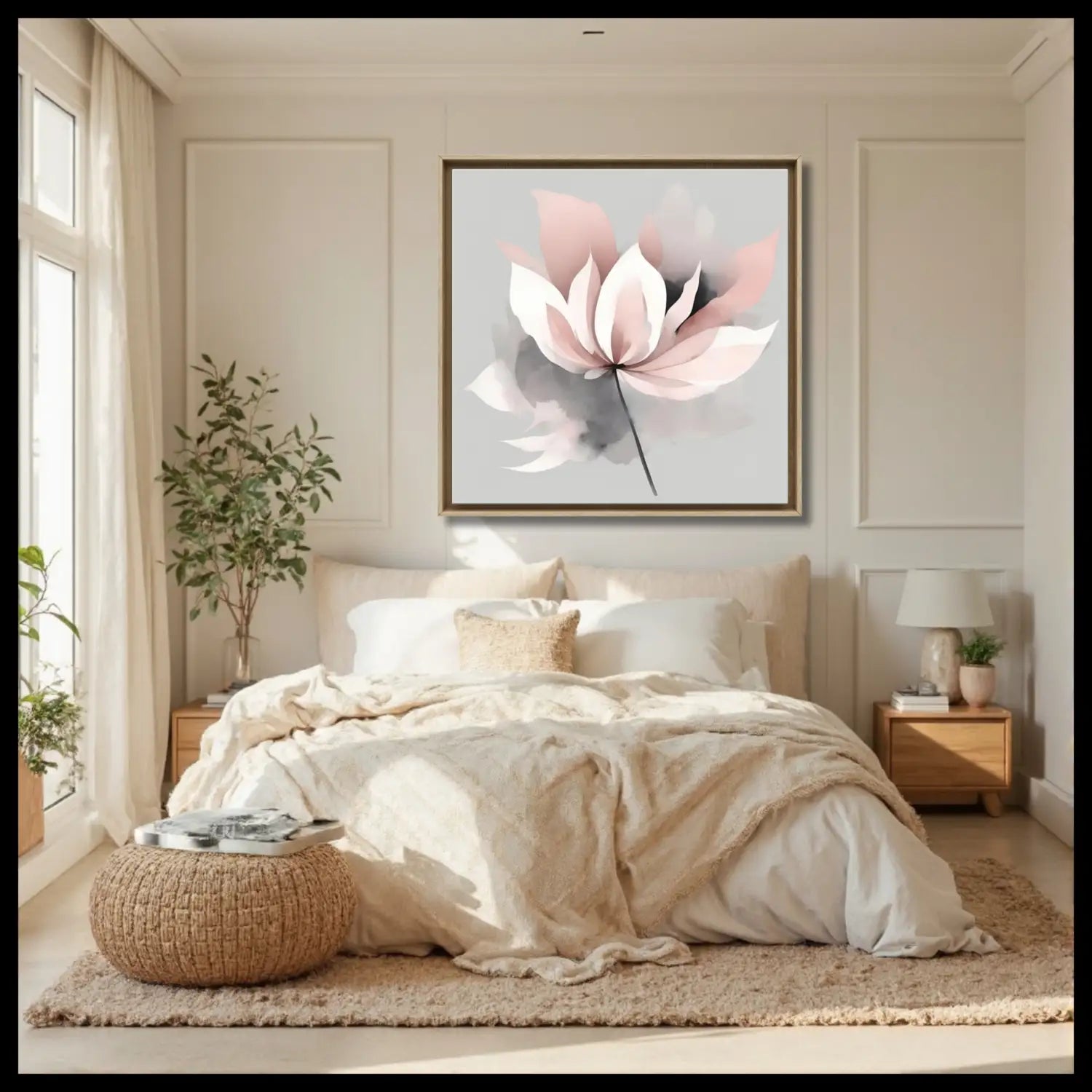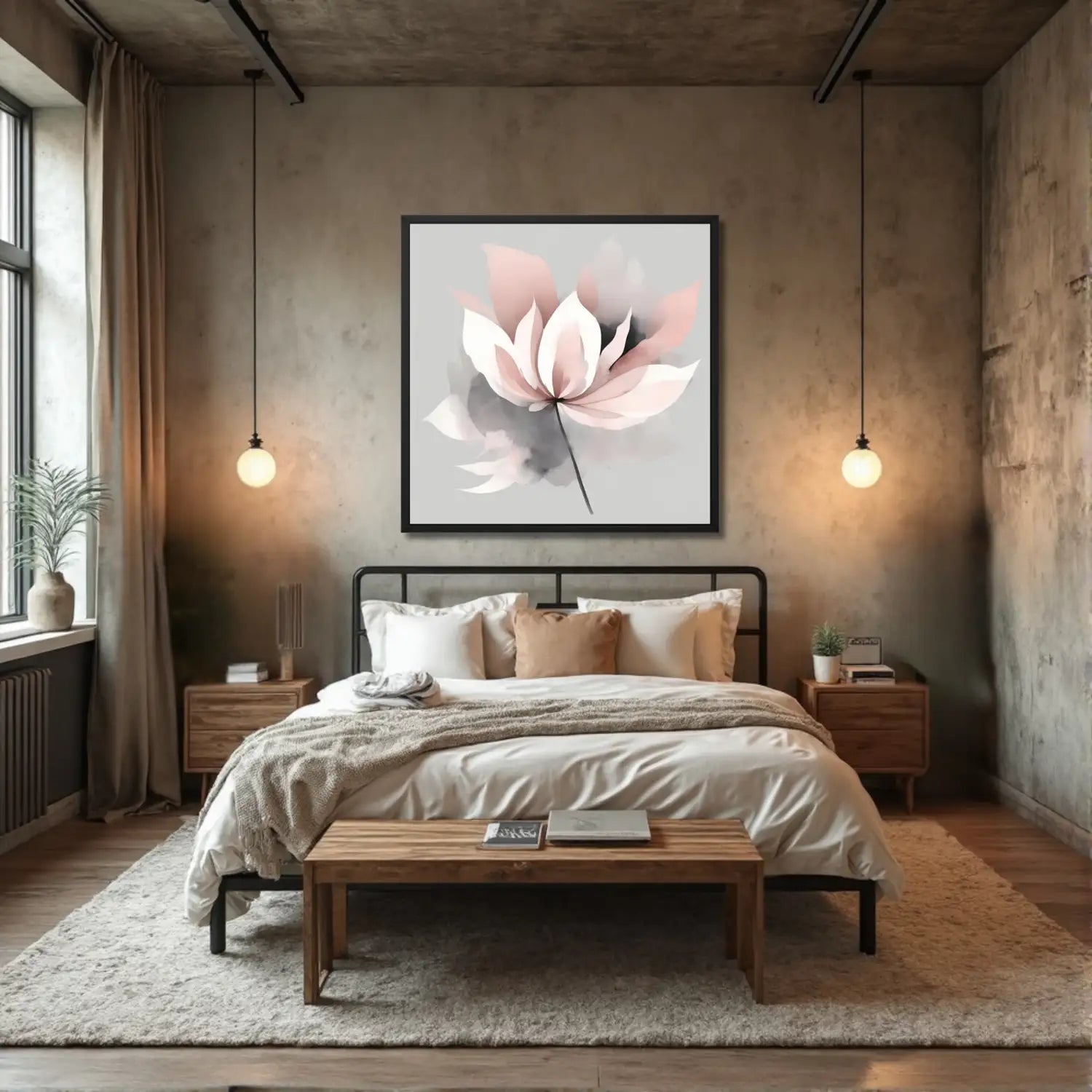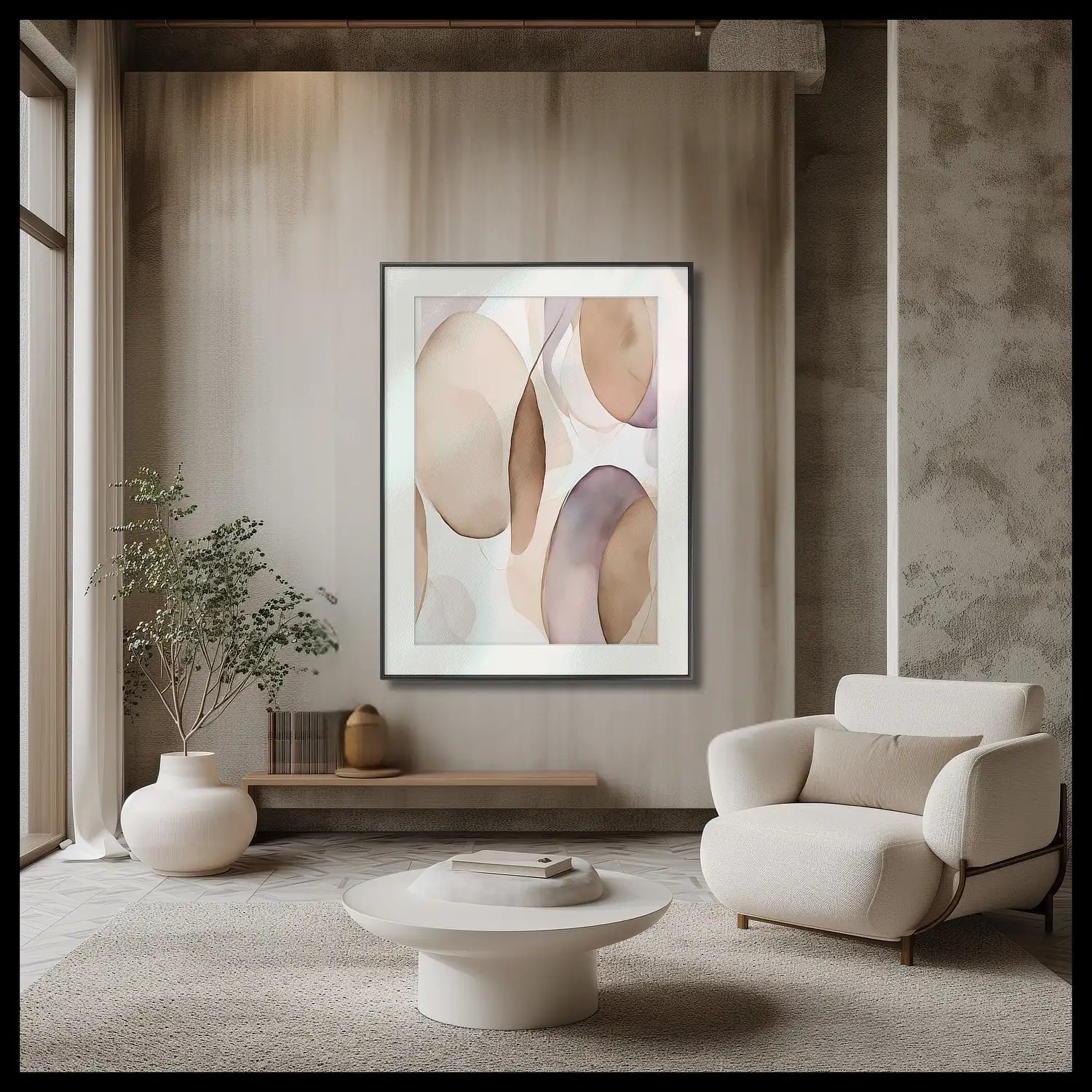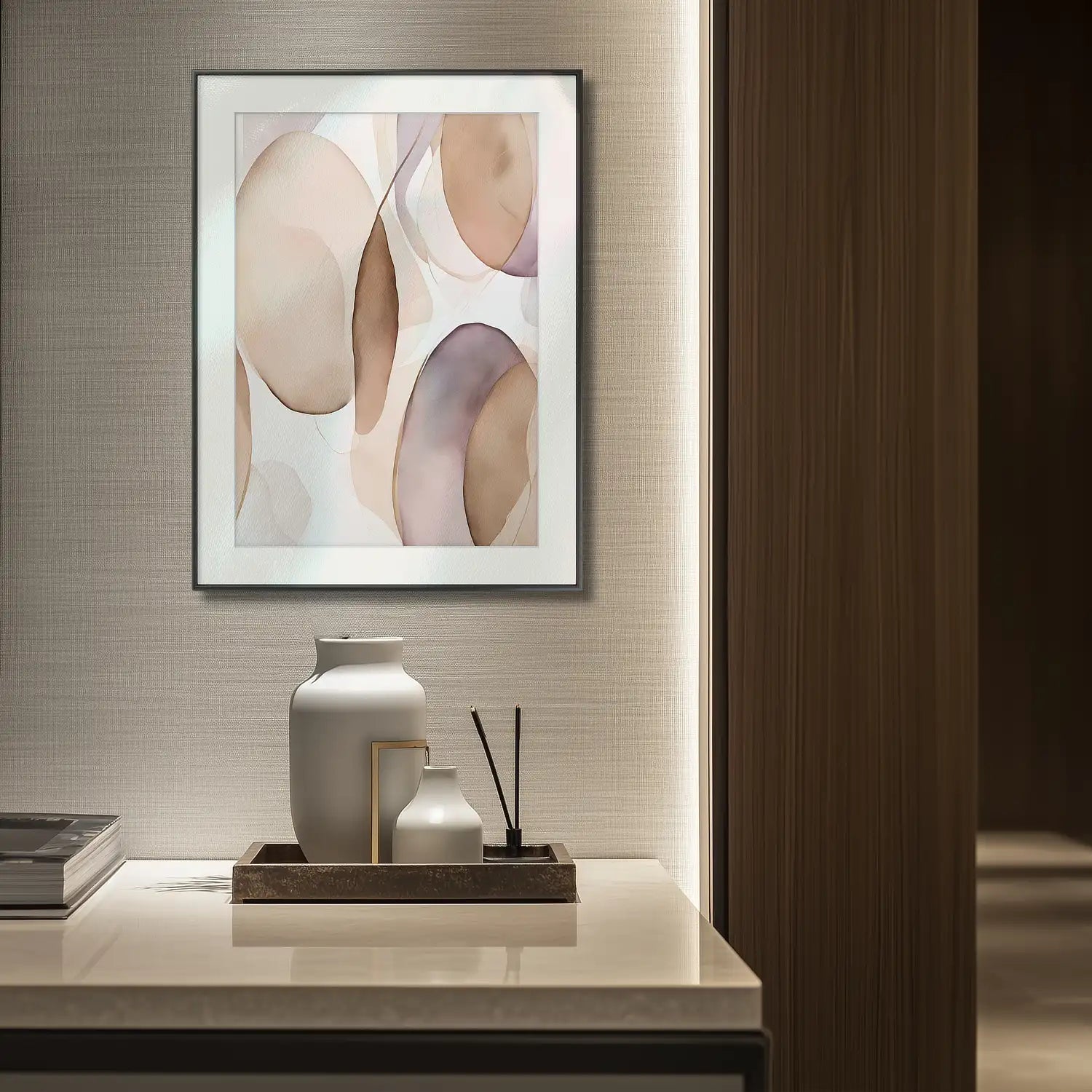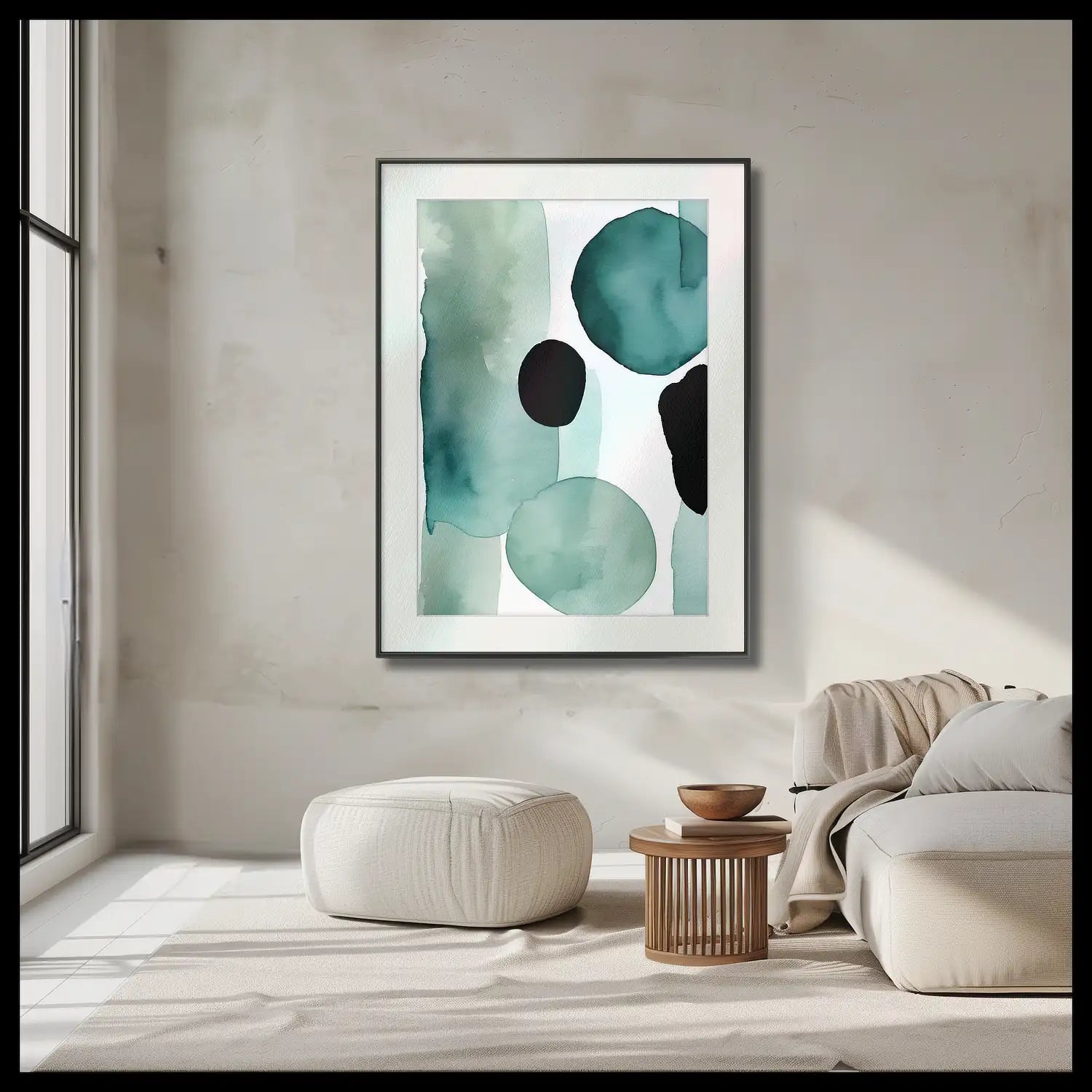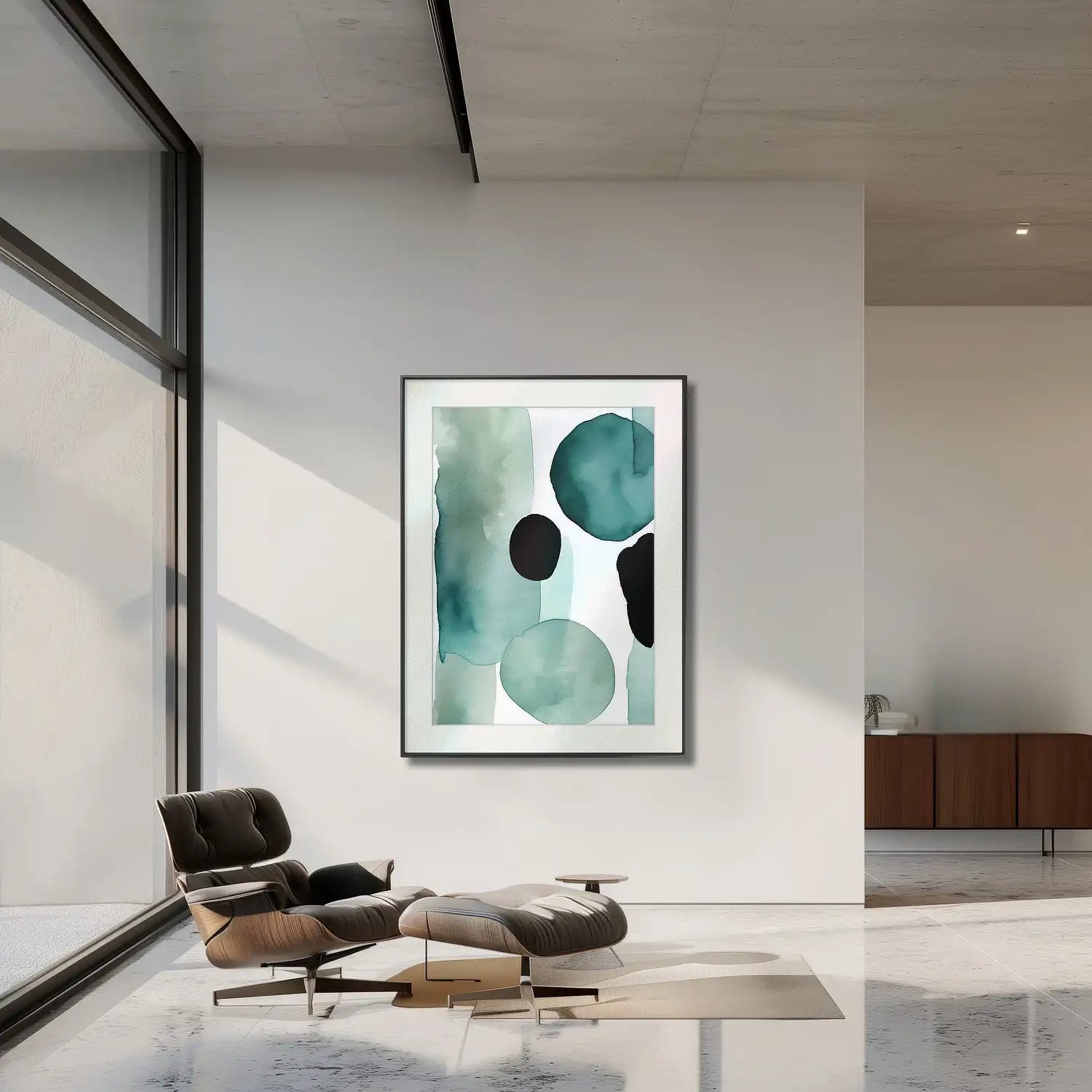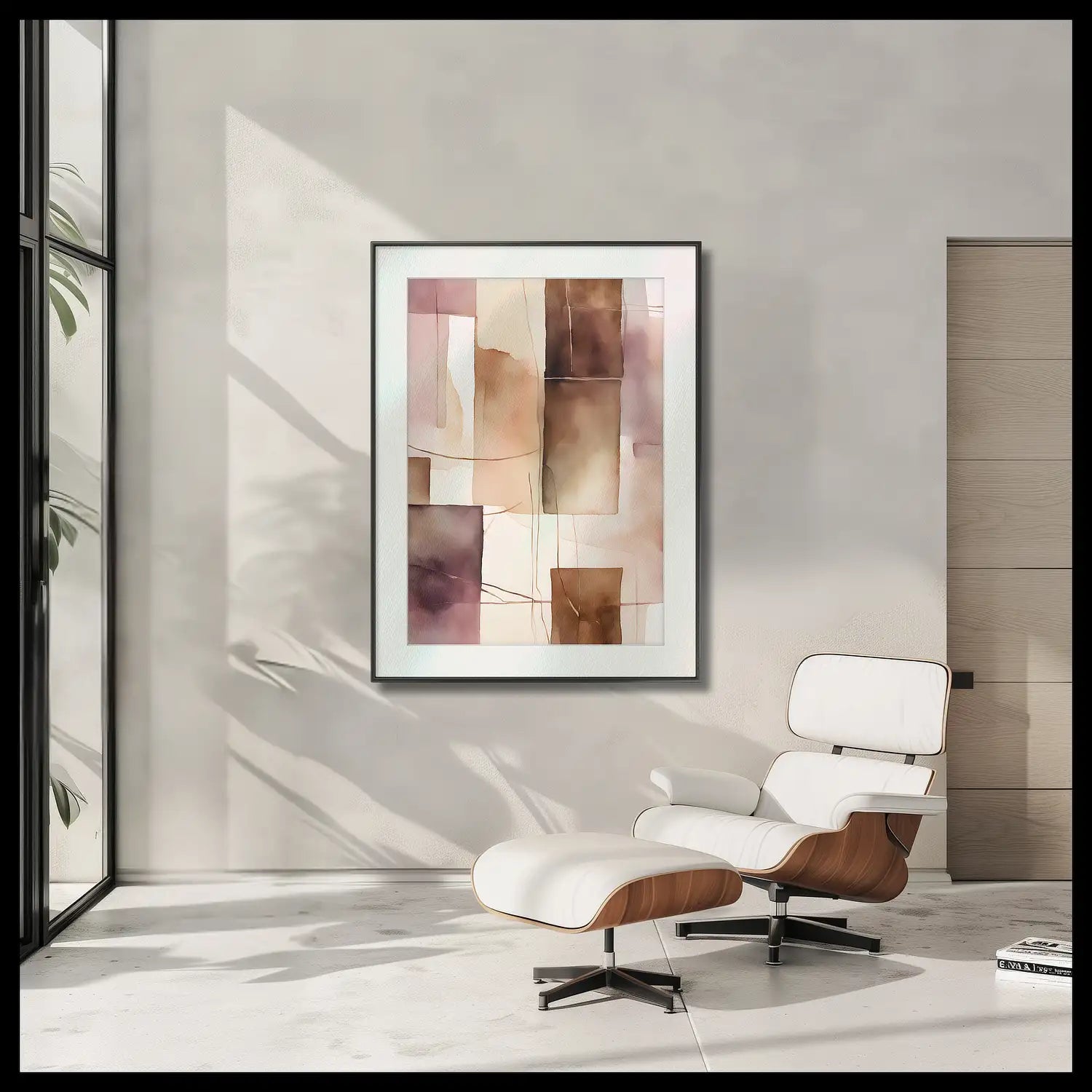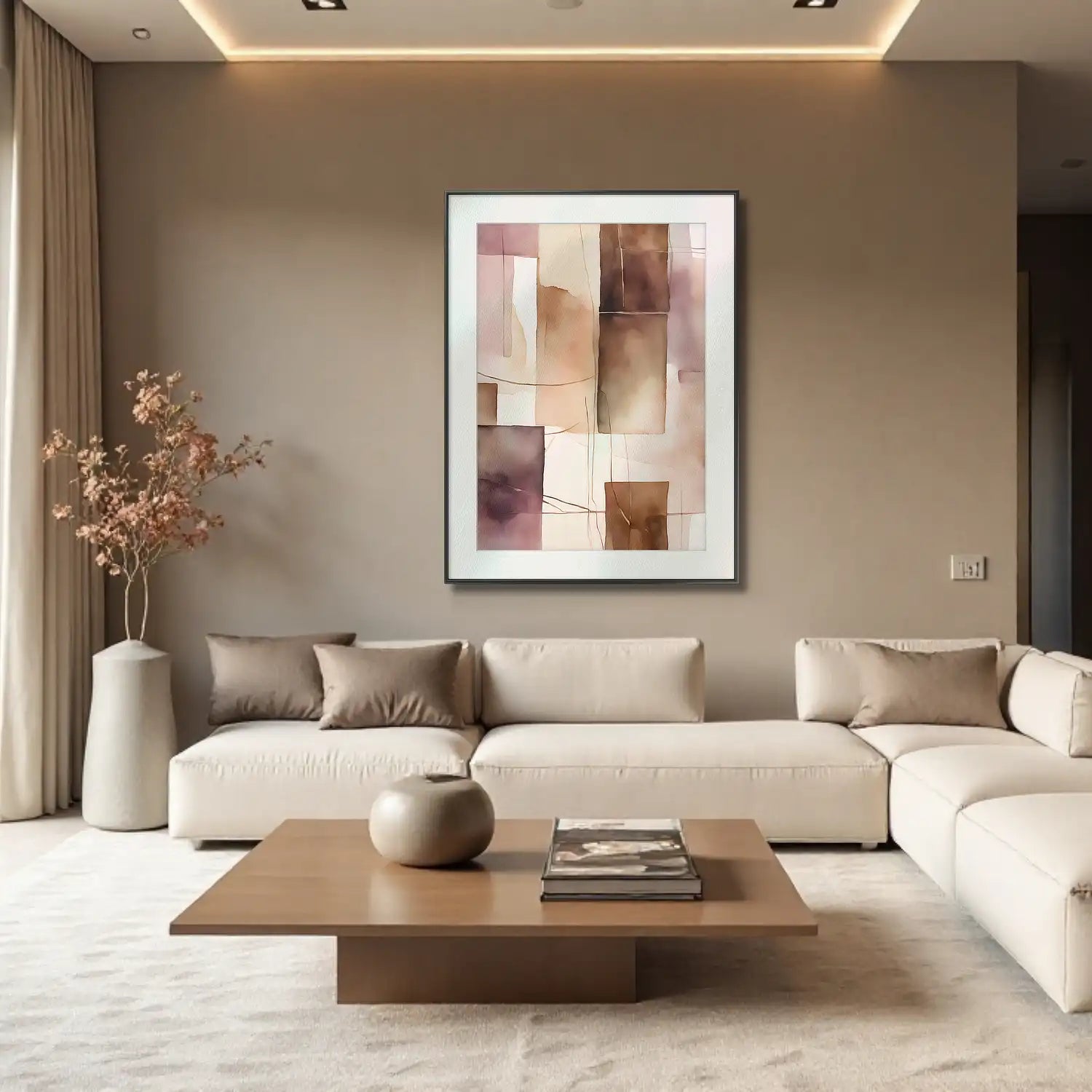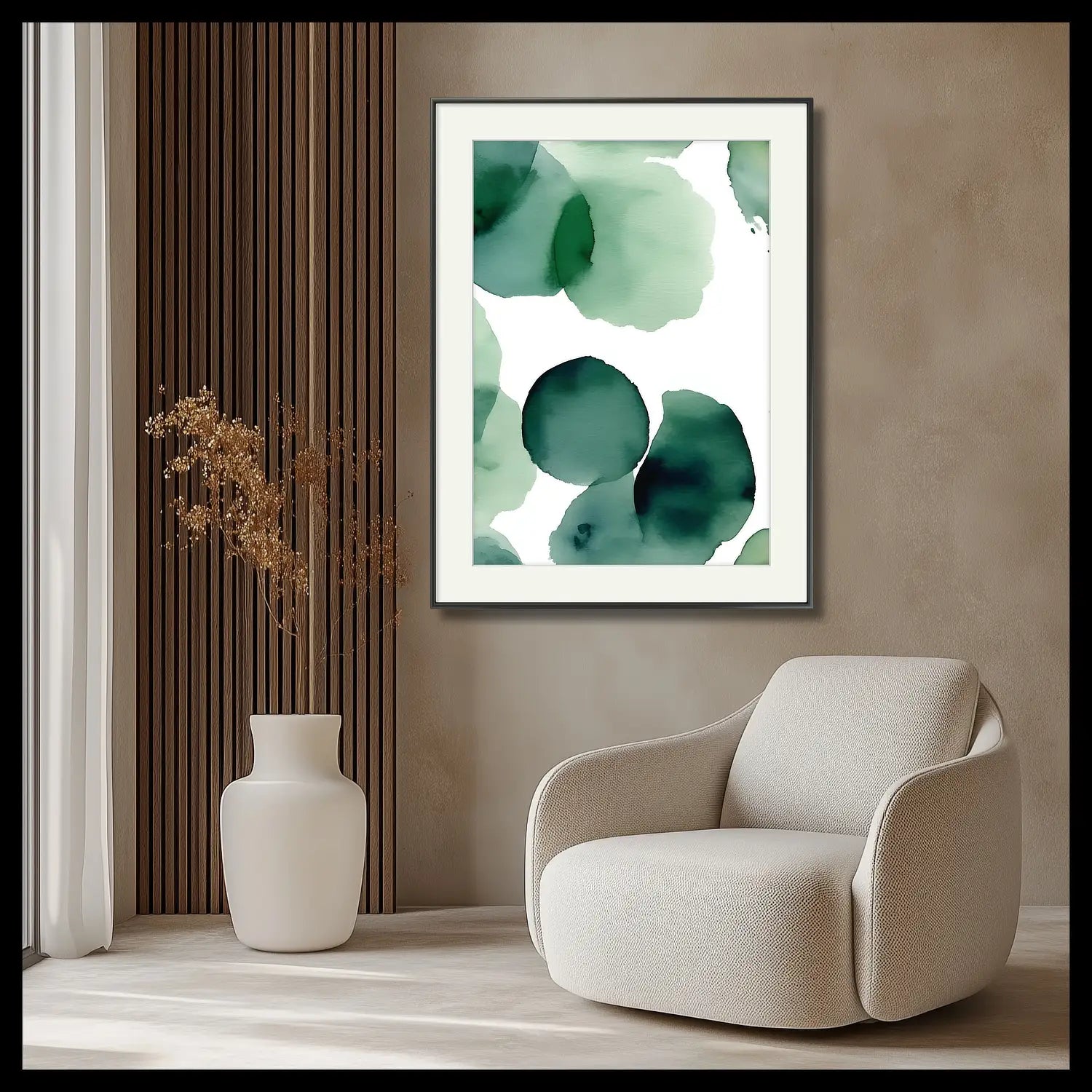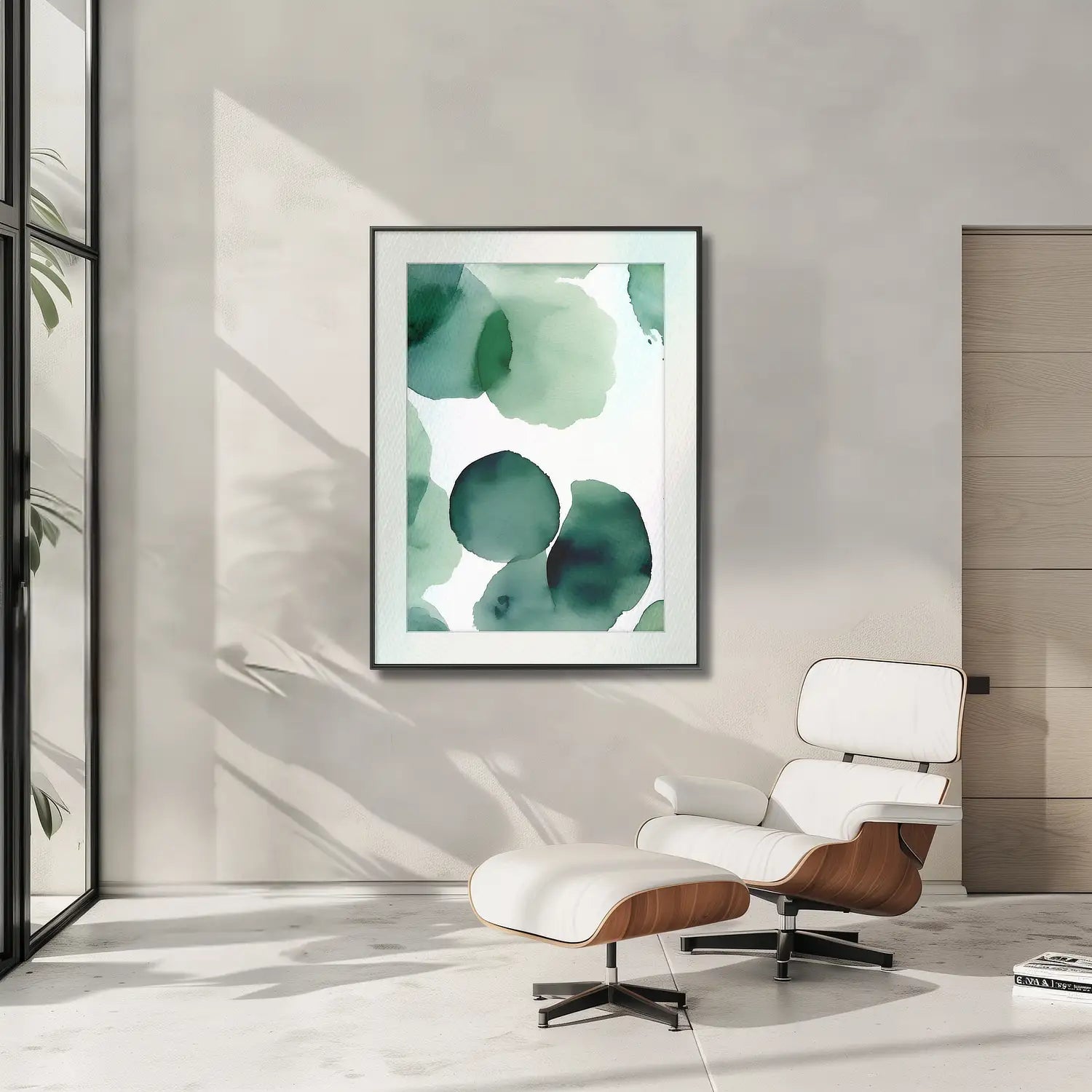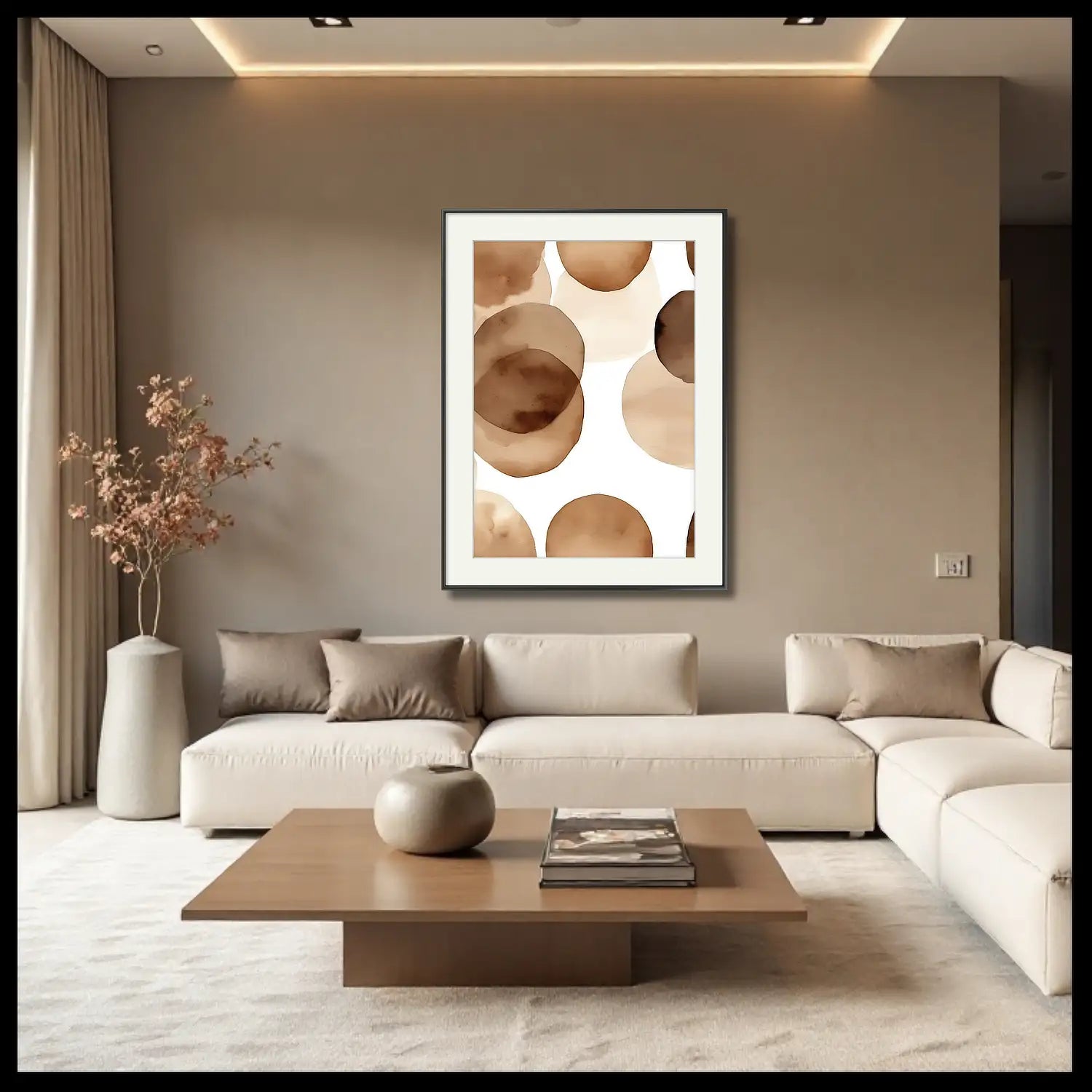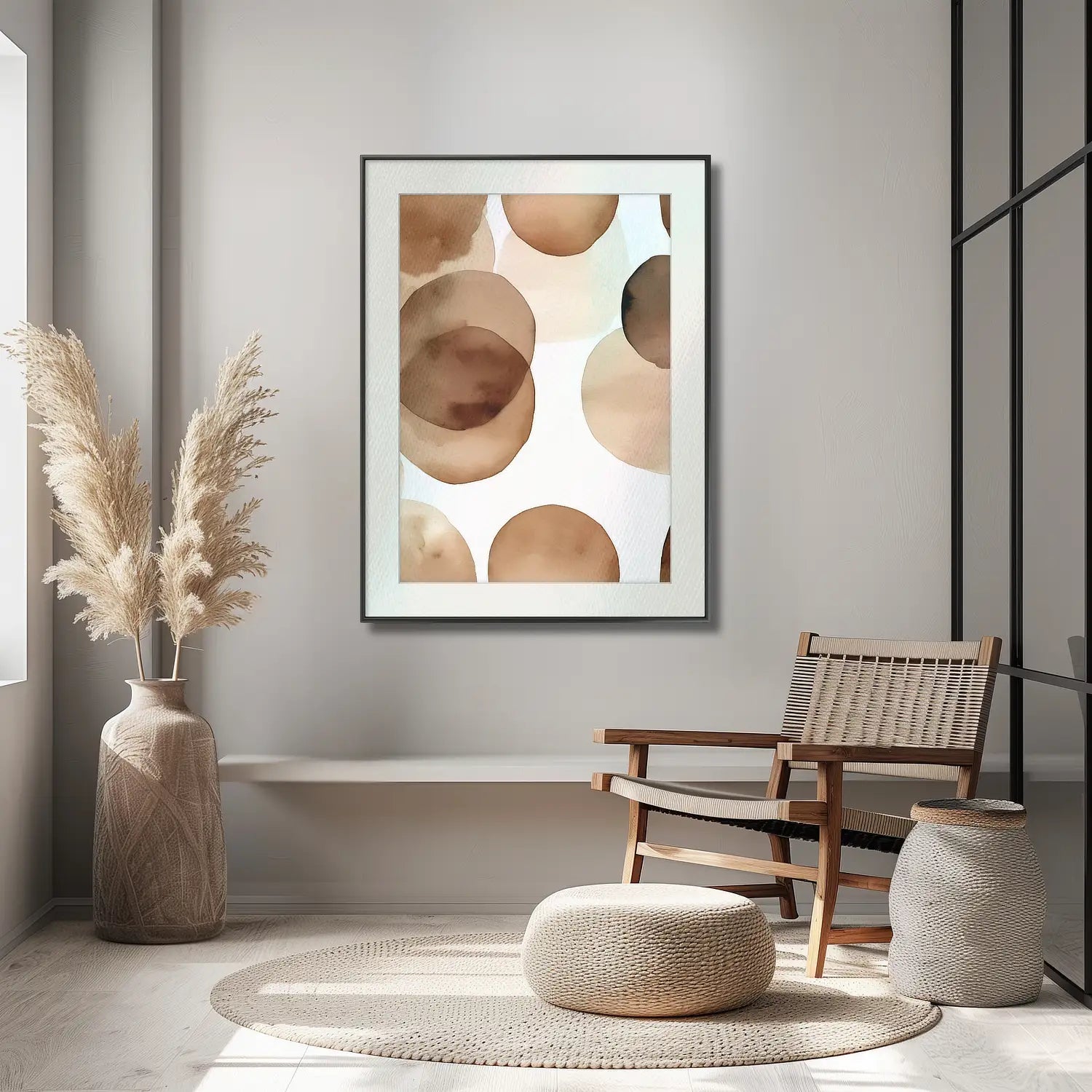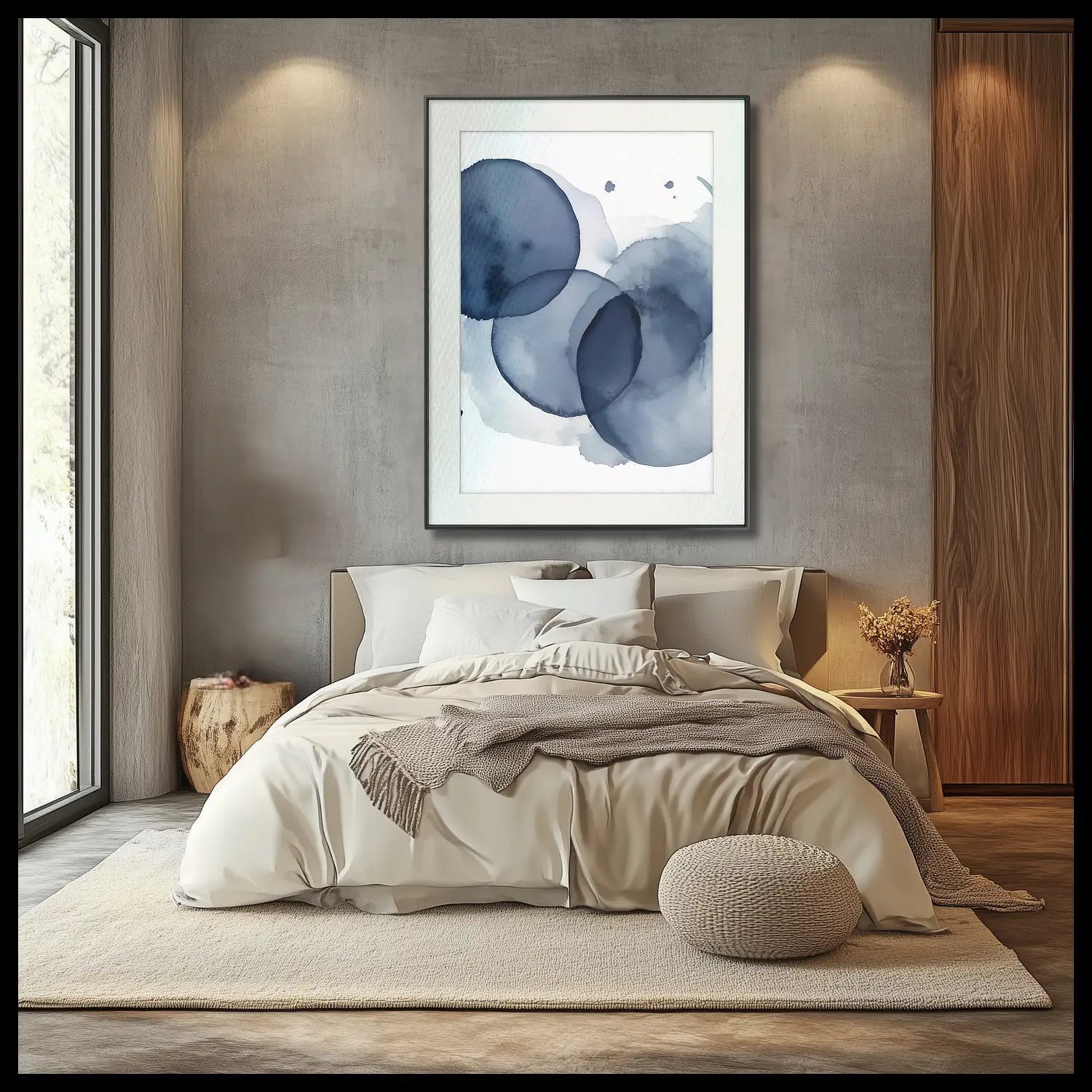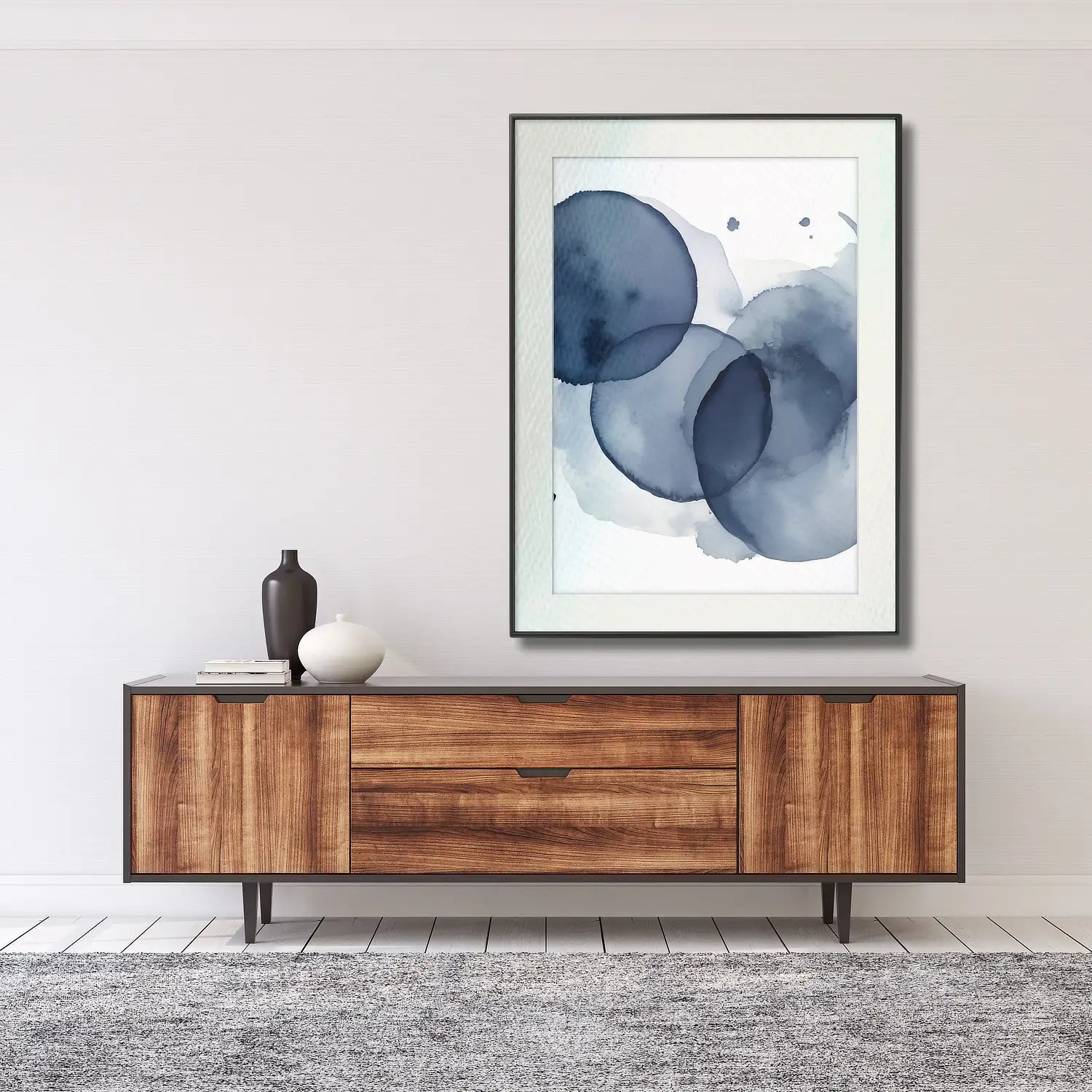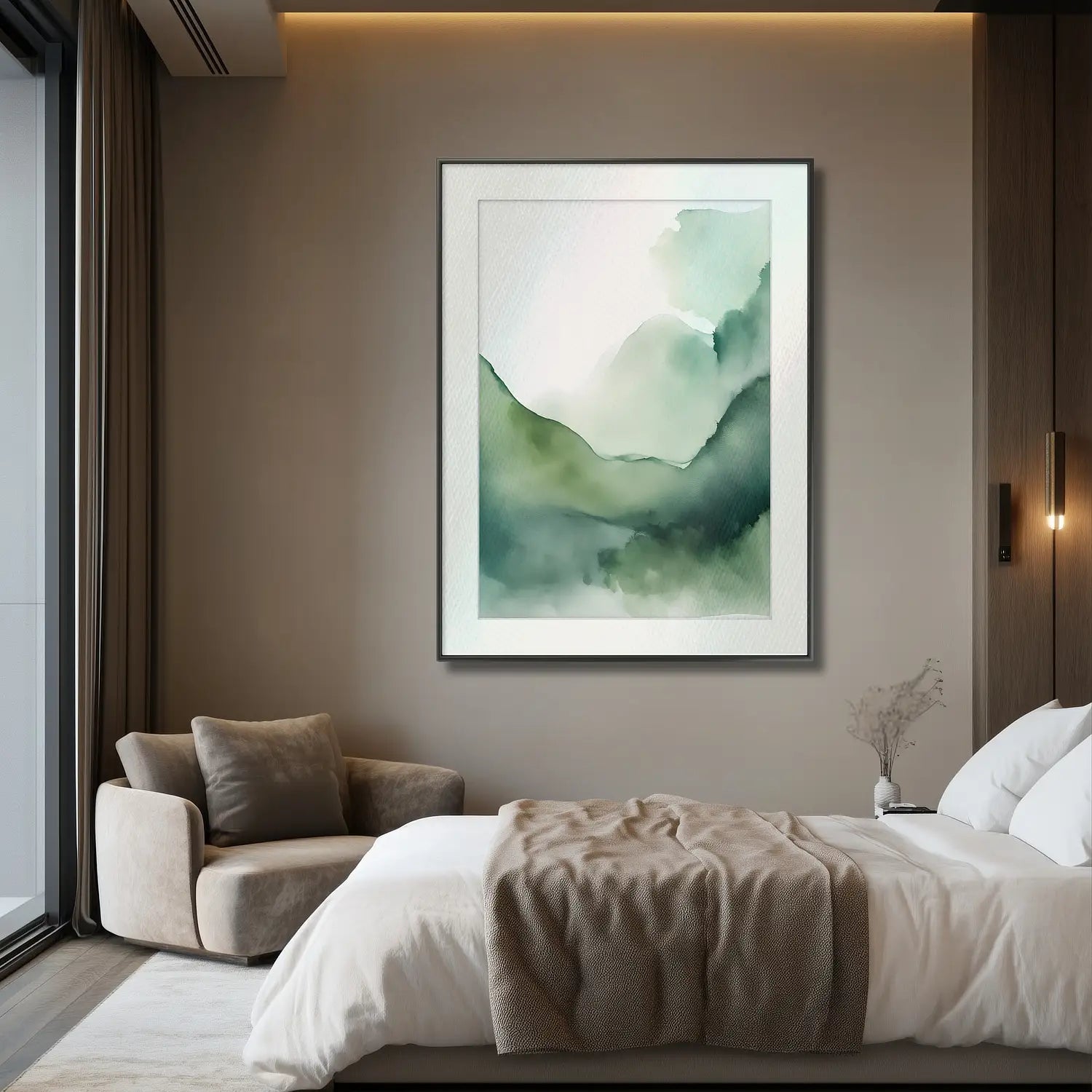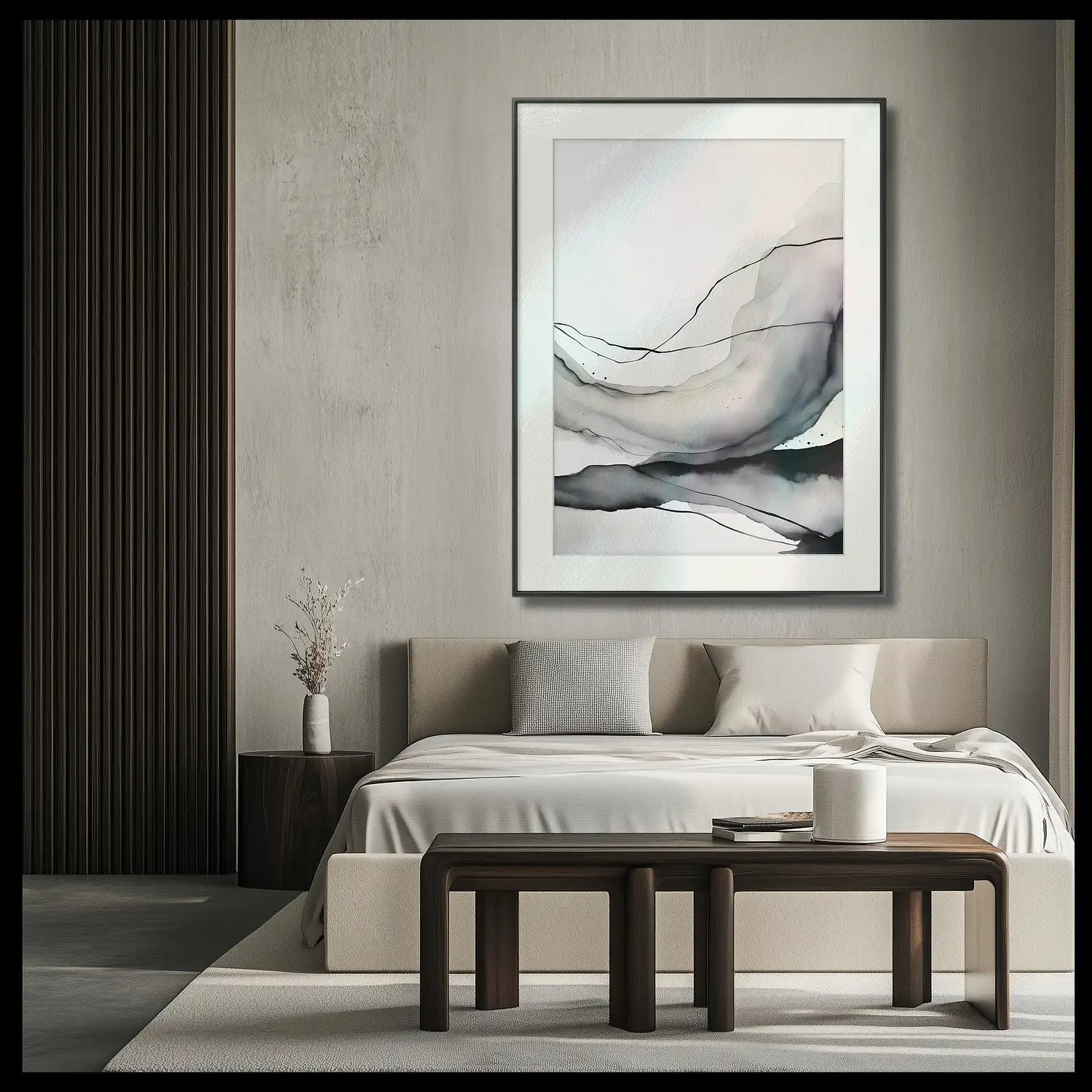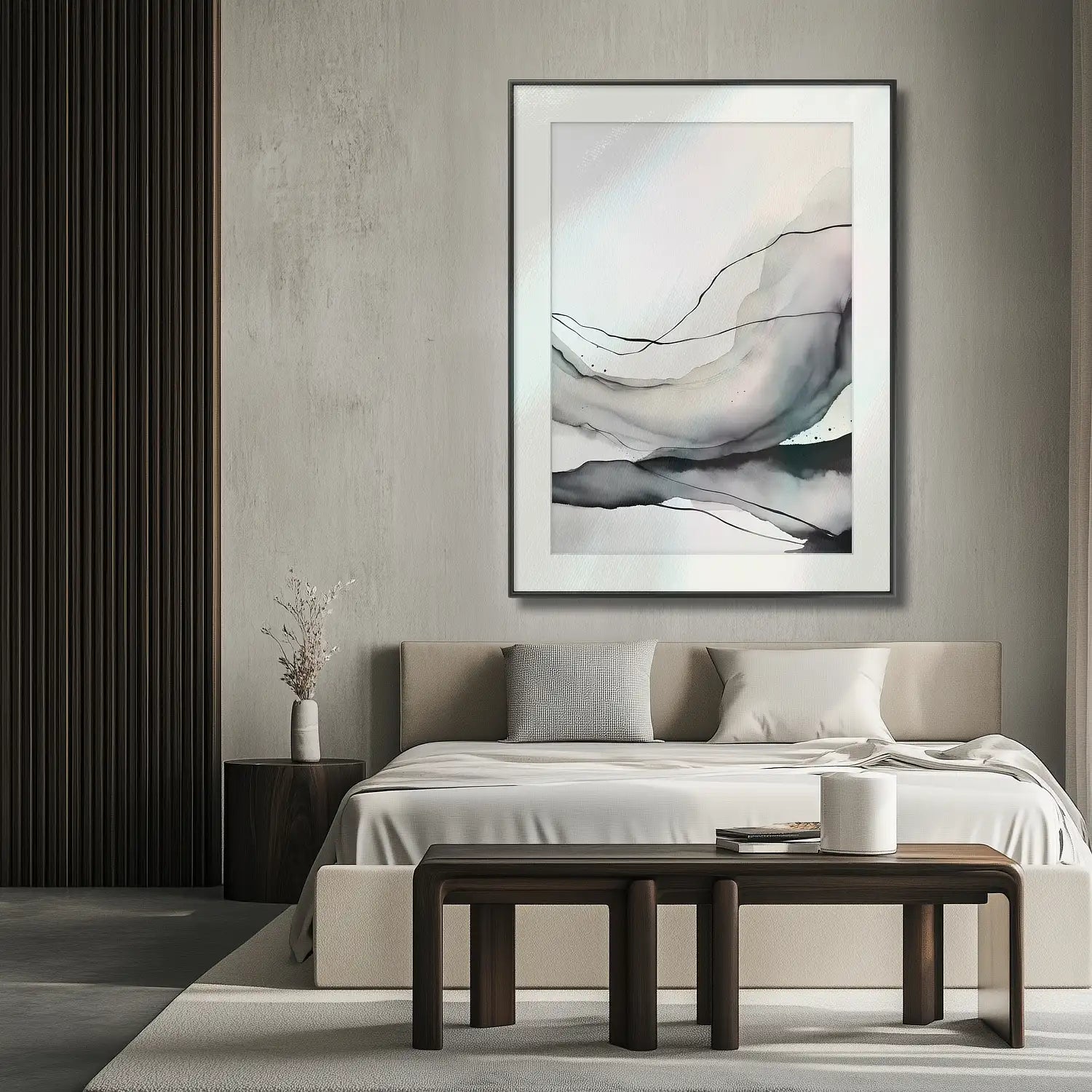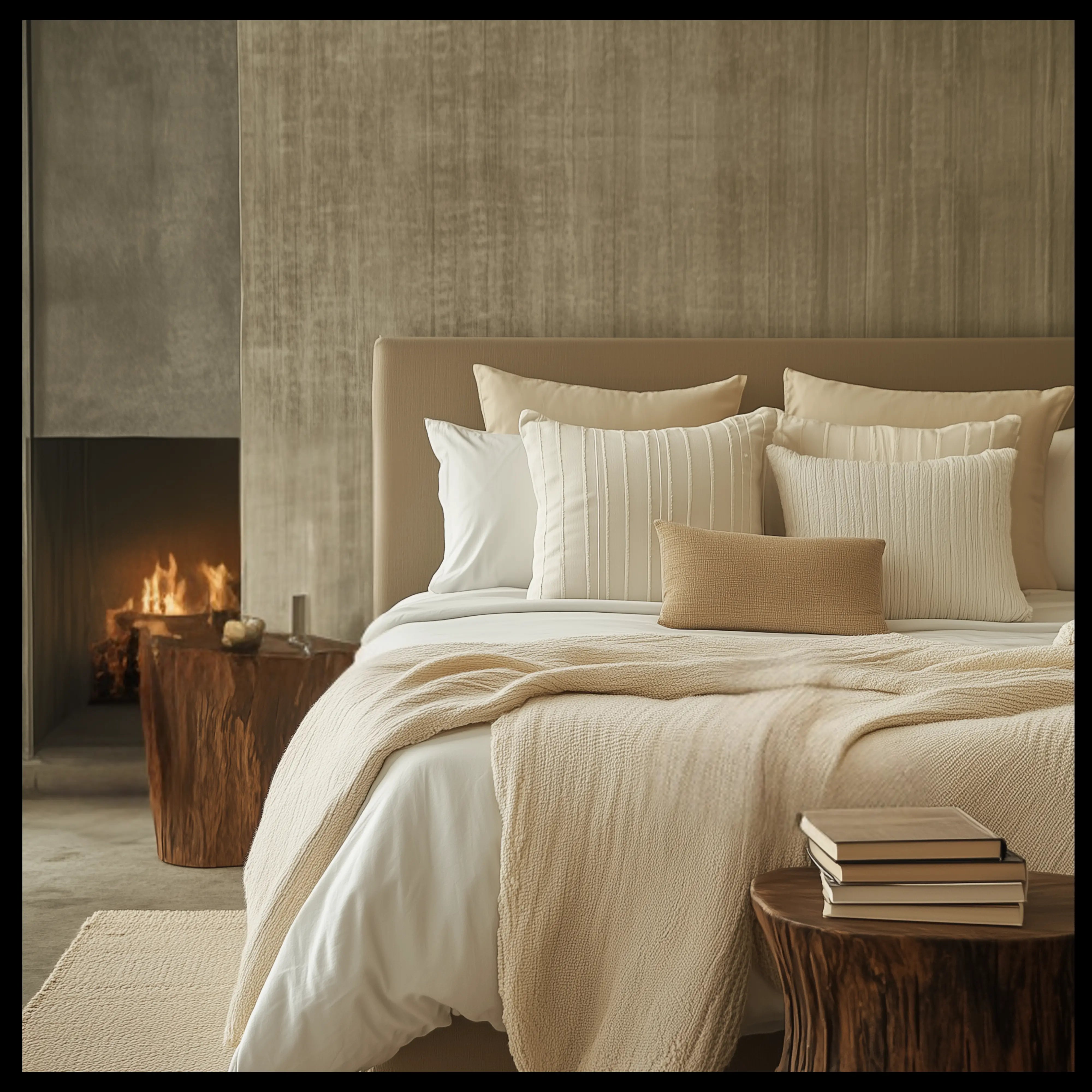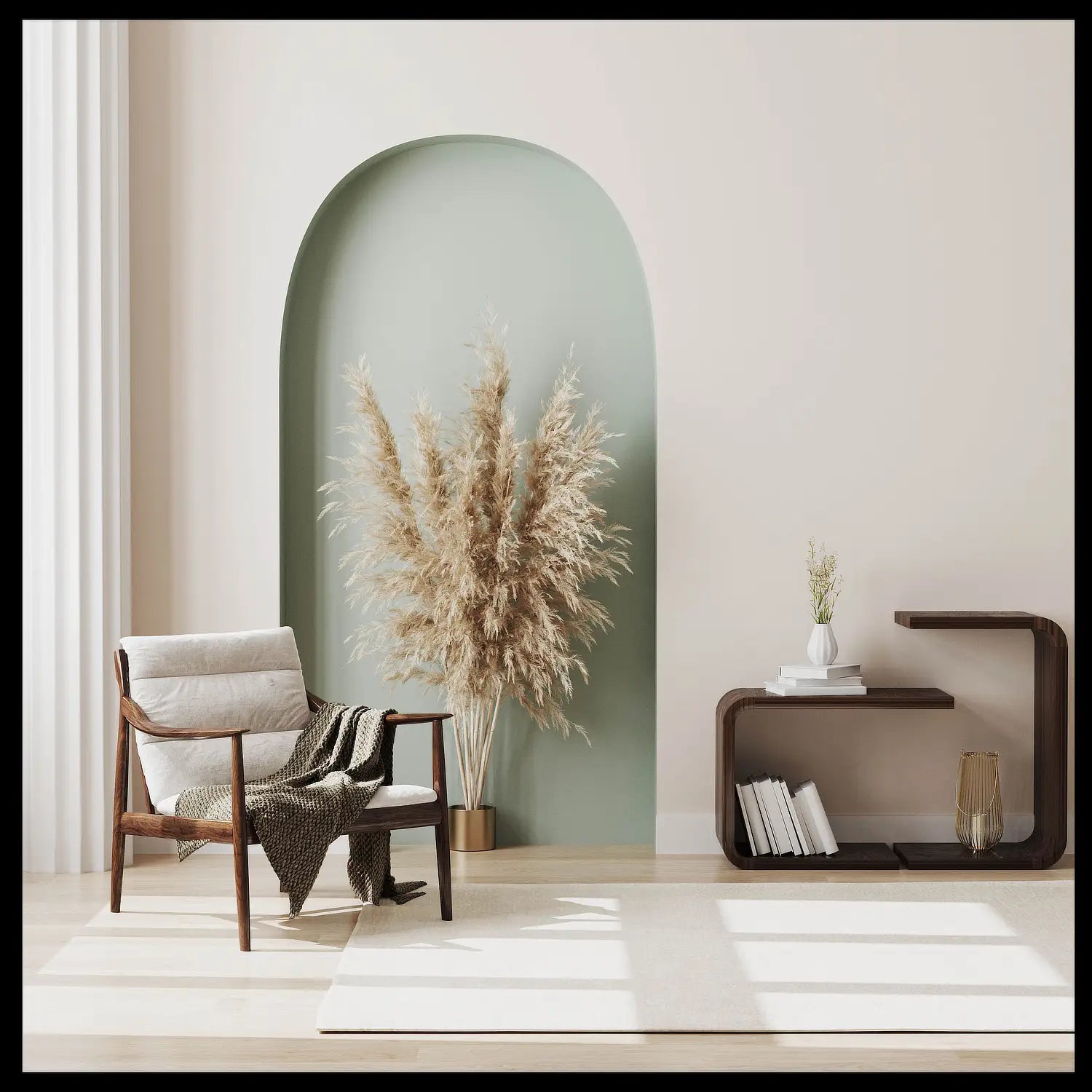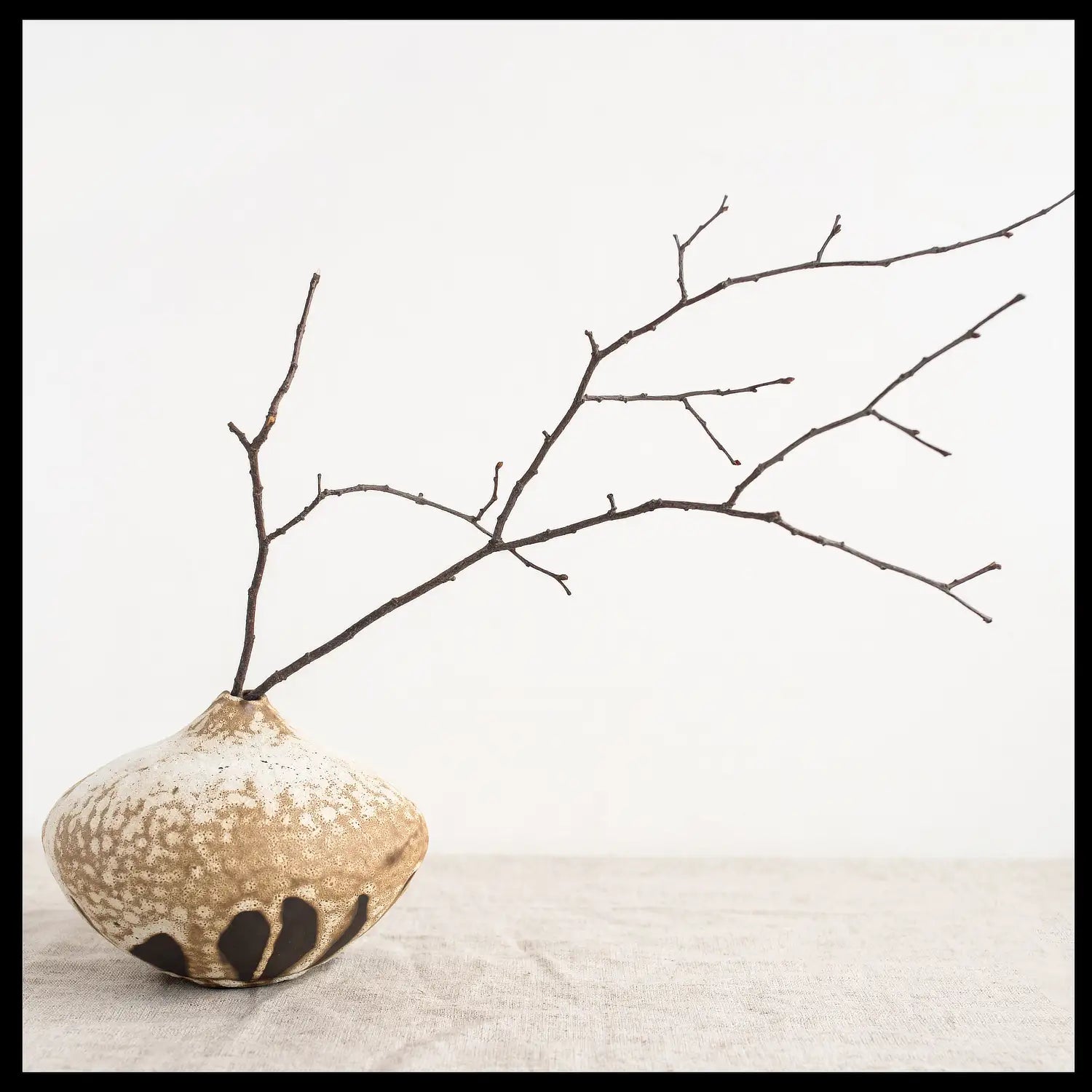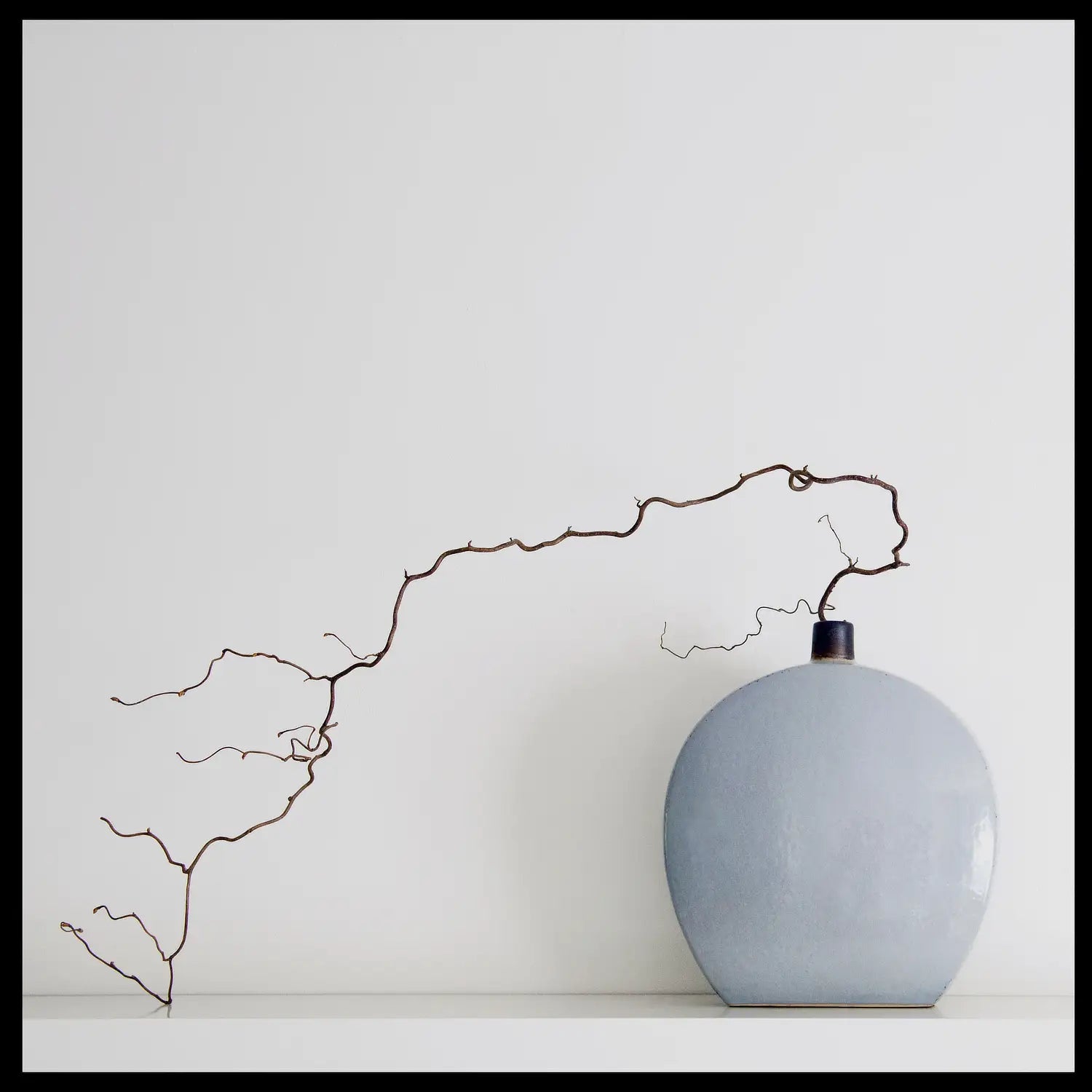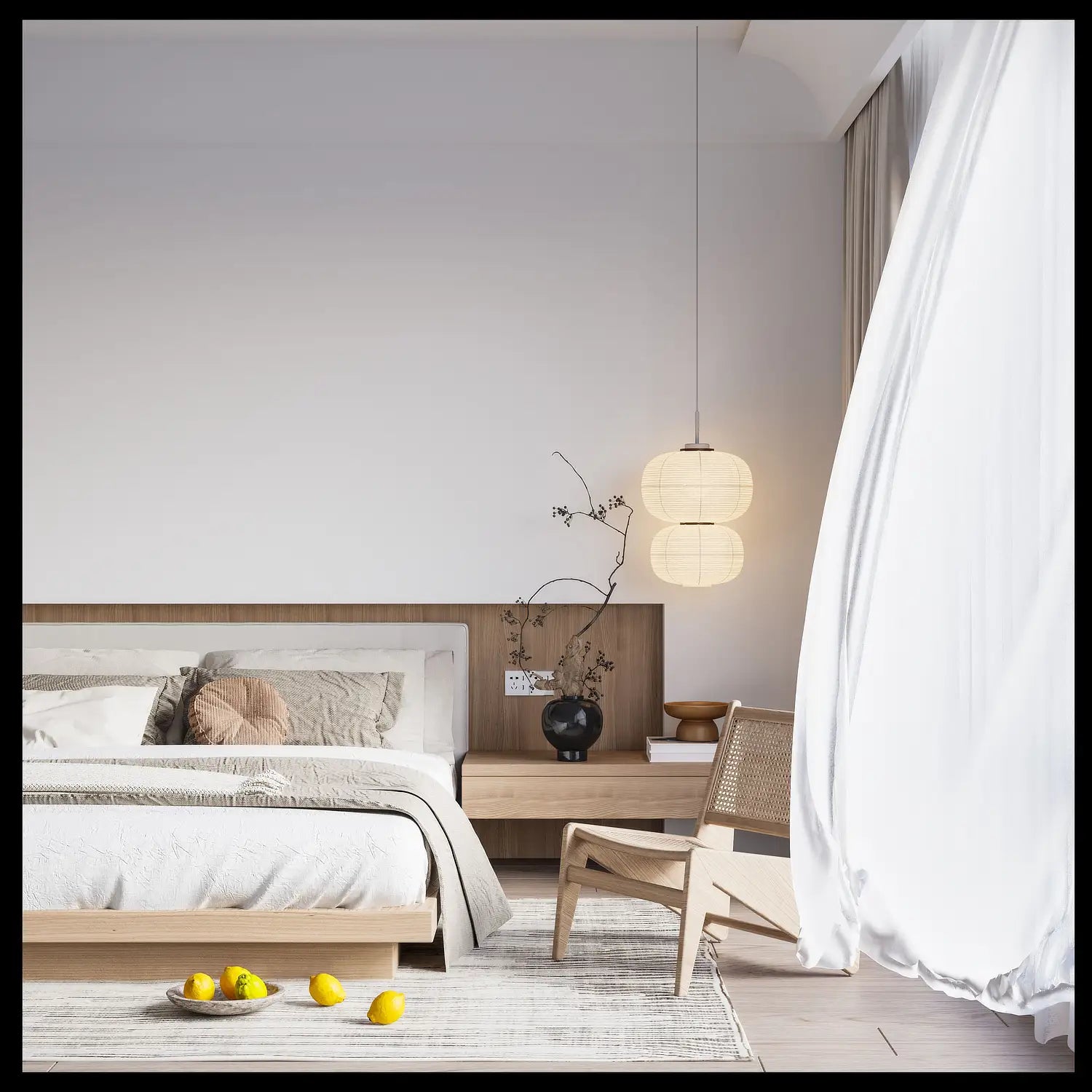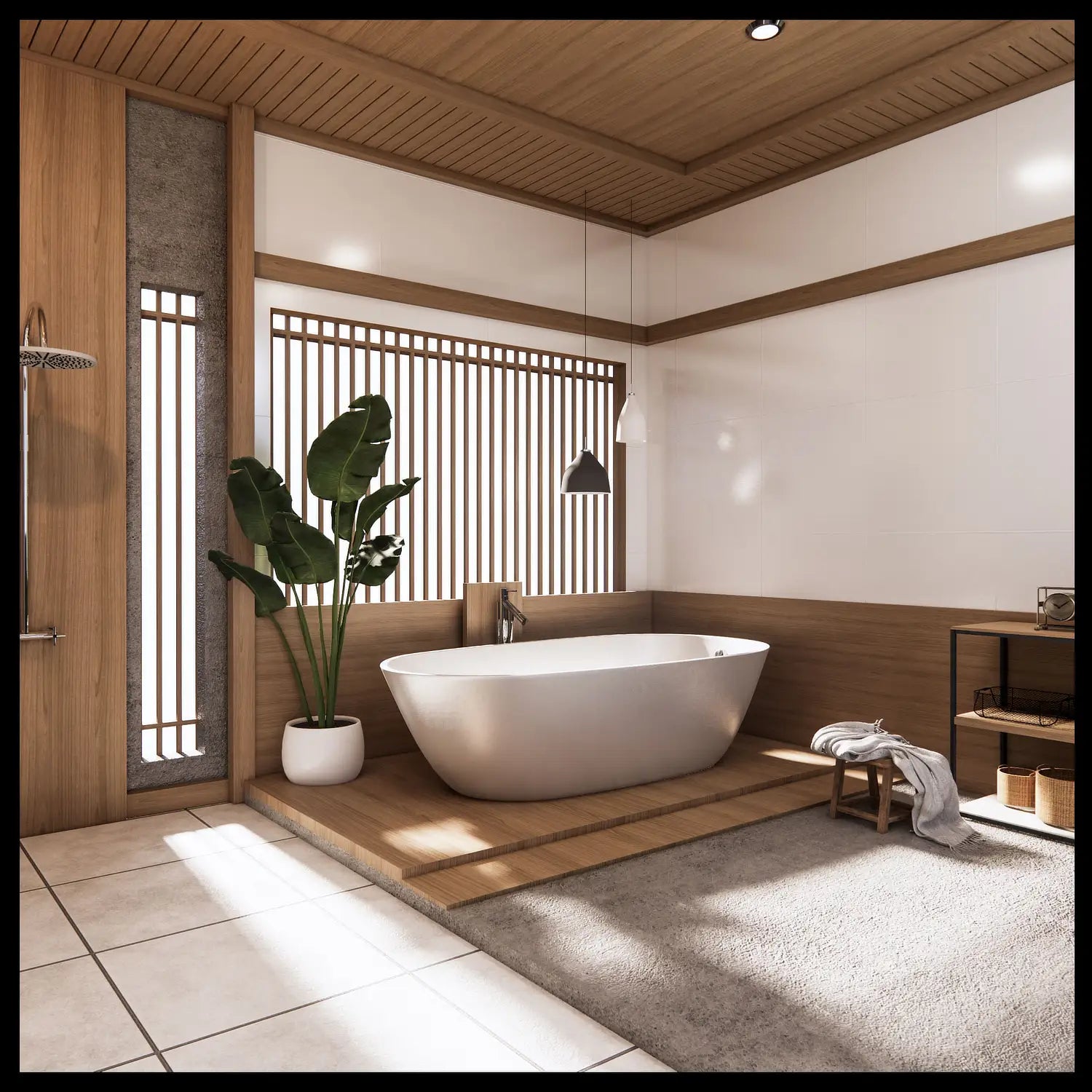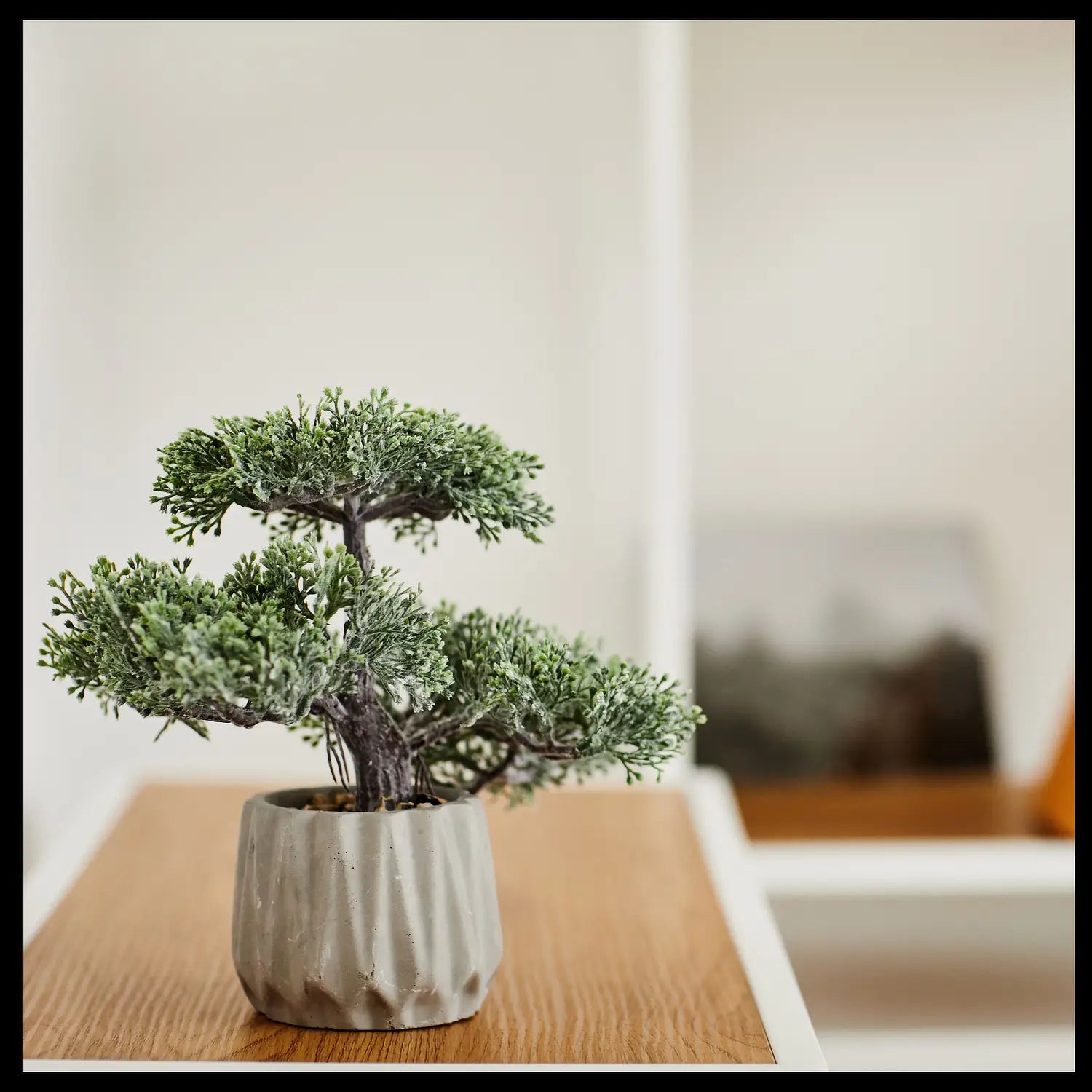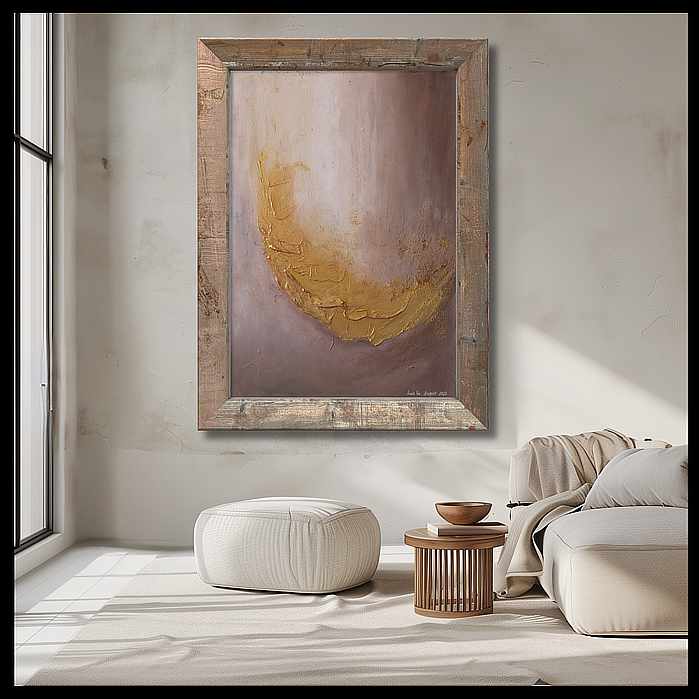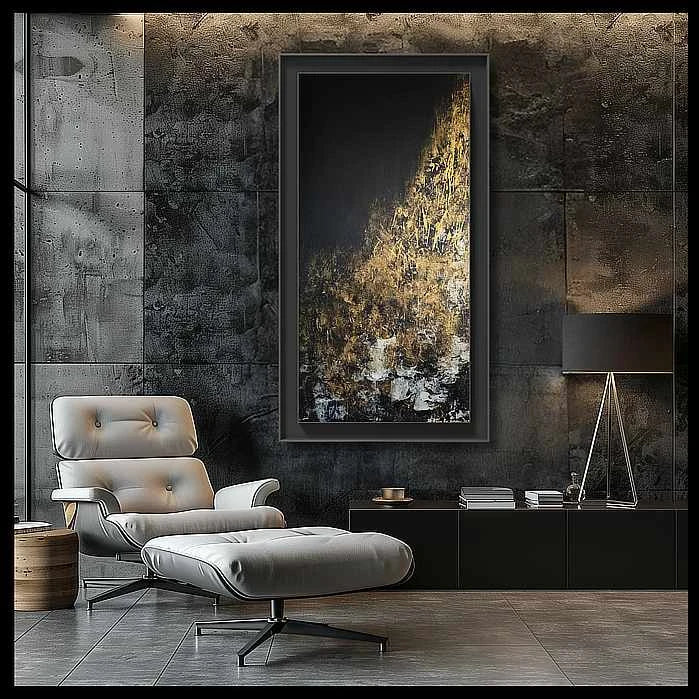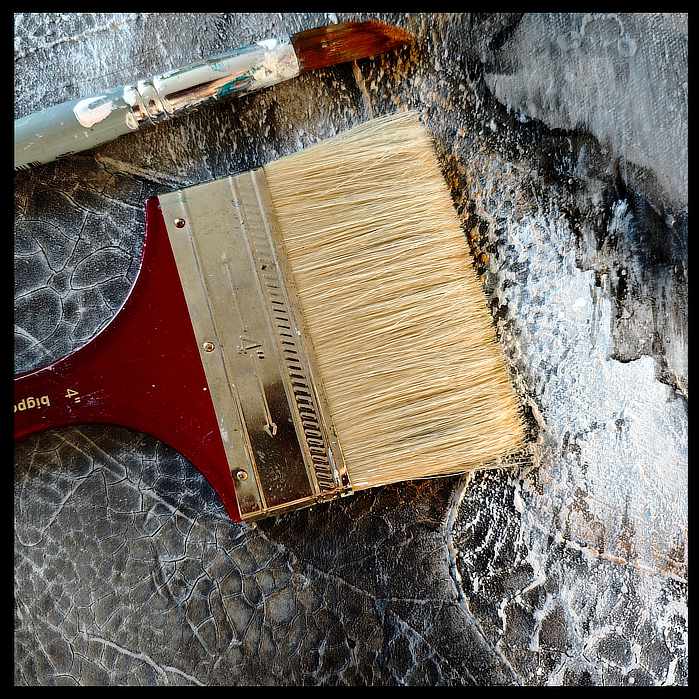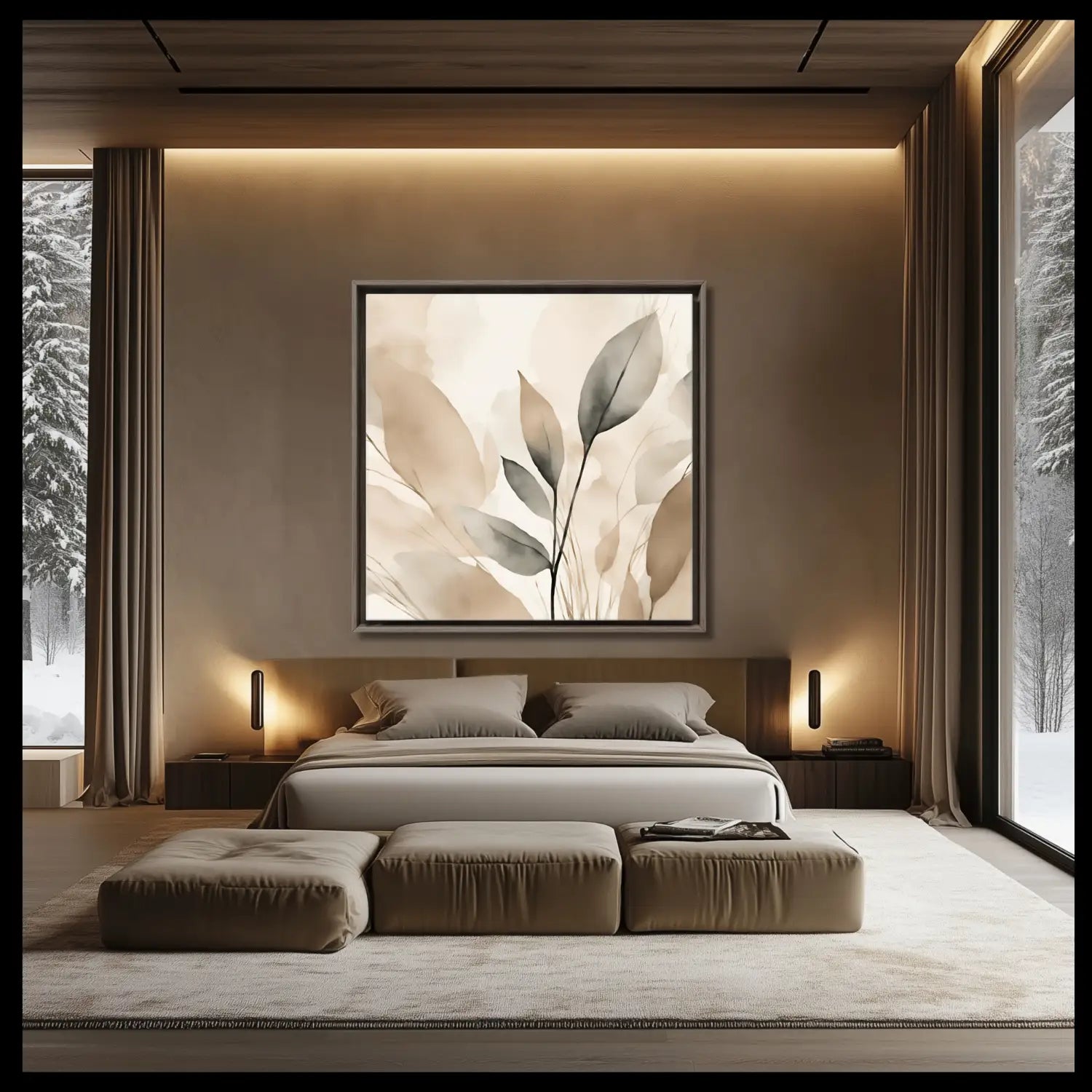
Sustainable Living and Home Décor Trends
Designing Sustainably and Personally – A Human Take on Interior Trends
Dear Luxury Lover,
Being trendy and sustainable? It feels like a question perpetually posed in this design world, currently spinning like a kaleidoscope – a thrilling, if slightly chaotic, experience. As someone who’s never blindly followed trends, I’ve always believed the most rewarding approach is understanding – really understanding – why a style resonates, and then carefully choosing elements that genuinely align with my aesthetic and values. It’s a ‘cost per use’ mindset, much like fashion: investing in high-quality items that you cherish and use for the long term is, unequivocally, the smartest strategy. It’s about building a home that tells your story, not simply reflecting the latest buzz.
Let’s decode this approach, specifically as it relates to the most common trends being discussed by designers this year. Let’s dive into the major 2025 trends, focusing on how to adopt them thoughtfully, sustainably, and with an authentic vision.
Forget chasing fleeting fad’s. The dominant trends – maximalism, a resurgence of Asian aesthetics, and the elevation of ‘quiet luxury’ – aren’t competing; they’re coexisting, offering a genuinely exciting range of choices. Think of it as a curated collection, rather than a uniform style. Maximalism, for example, isn’t about cramming every object into a room; it’s about layering textures, patterns, and personal treasures to create a rich, layered environment. Similarly, the revival of Asian aesthetics – particularly influences from Japan and Korea – isn’t simply about incorporating shoji screens. It’s about embracing the principles of minimalism, wabi-sabi (finding beauty in imperfection), and a reverence for natural materials. And 'quiet luxury’ isn’t just a buzzword; it’s a philosophy centered on timeless elegance, exceptional craftsmanship, and understated quality.
The key to successfully incorporating these trends is personalization. It’s about asking yourself: ‘How can I translate these ideas into my home, reflecting my unique personality and values?’ Perhaps it’s adding a handcrafted ceramic bowl – a nod to Japanese aesthetics – to a maximalist space, or incorporating a single, exquisitely made cashmere throw to evoke the spirit of ‘quiet luxury’. Ultimately, it’s about creating a space that feels both considered and deeply personal – a sanctuary that truly reflects the soul of its inhabitant.
Maximalism 2.0: Layering with Purpose
Maximalism isn’t just throwing stuff everywhere. It’s about layering textures, patterns, and colours with intention. It’s about collecting items you adore and creating a space that tells your story. And crucially, it’s an inherently sustainable approach. When it comes to a practical application, focus on natural materials – chunky wool throws, vintage velvet cushions, reclaimed wood shelving, handwoven textiles. These materials, often sourced from sustainable producers or given a second life, drastically reduce the environmental impact compared to mass-produced alternatives.
Consider vintage or second-hand pieces – breathing new life into older treasures aligns perfectly with sustainability and adds character. A perfect maximalist living room wouldn’t be filled with matching sofas. Instead, a deep teal velvet chaise lounge sits opposite a weathered oak coffee table piled high with vintage books & ceramics. Layered rugs, varying in pattern and texture, add to the eclectic feel.
Furthermore, don’t forget your personal touch. It’s not just about picking your favourite colours for furniture, walls, or textiles. Collect unique objects – an antique map, a hand-painted vase, unusual ceramics or artwork, and display your collection in a prominent spot. This approach – utilizing personal items and vintage, antique furniture – is a powerful way to create a space brimming with character and, crucially, to minimize your environmental footprint.
The Asian Revival: Wabi-Sabi & Beyond
Asian influences are dominating – but not in a prescriptive way. It’s less about replicating a particular style and more about embracing the core philosophies: Wabi-Sabi (finding beauty in imperfection), Japandi, and Zen. To introduce Asian vibes, focus on natural materials, bamboo, natural stone, linen, ceramic – all are key. Look for handcrafted elements. The beauty lies in the slightly irregular shapes, the textural variations, and the sense of history. This approach is inherently sustainable, as it prioritizes longevity and reduces reliance on mass-produced, often disposable, items.
Imagine a dining area featuring a raw timber table with a slightly uneven surface, juxtaposed with a collection of matte grey ceramic plates. A hand-woven tatami rug adds warmth and brings a sense of calm. Furthermore, consider the Japanese craft tradition of Kintsugi—repairing broken pottery with lacquer, celebrating the cracks instead of disposing of them. It’s a beautiful concept of giving new life to items, reflecting a philosophy of valuing imperfection and reducing waste. Embracing this approach – prioritizing repair and restoration – is a profoundly sustainable practice, extending the lifespan of objects and minimizing our environmental impact.
Quiet Luxury: Elevated Simplicity & Enduring Design
Quiet luxury represents the antithesis of ostentation. It’s about investing in quality pieces that demonstrate craftsmanship and longevity, rather than flashy branding. It’s the feeling of an item simply working well, effortlessly elegant without overtly trying to impress. This approach isn’t about chasing trends; it’s about curating a space that feels inherently calm, sophisticated, and enduring.
To implement this philosophy, focus on premium fabrics – fine wool, silk, linen – high-quality leather, sustainable wood finishes, and natural stone. The emphasis is on timeless designs that won’t date. A master bedroom might feature a hand-stitched linen duvet, a solid wood dresser with a flawless finish, and a luxurious, textured rug that feels incredibly soft underfoot.
Personally, I am drawn to pieces that will last, that I won’t feel the need to replace every few years. I prioritize quality – the feel, the materials, and the construction. By investing in high-quality, timeless items, and carefully selecting materials that age gracefully – developing a beautiful patina over time – this is the most sustainable approach. It’s about creating a space that evolves with subtle changes, rather than demanding constant replacement. This mindful approach to curation isn’t just aesthetically pleasing; it’s a fundamentally sustainable way of living.
Sustainability - Woven Throughout Every Decision
At Quiet Luxury Journal, interior design isn’t about chasing trends – it’s about creating a space that truly reflects you. I truly believe that a beautiful design shouldn’t come at any cost. This isn’t just about aesthetics; it’s about responsible design, and sustainability should be a non-negotiable starting from the simplest choices. Every decision you make – from the organic, fair-trade fabrics to the reclaimed wood and recycled glass – has an impact. Are you going to choose an item manufactured by an artisan, supporting ethical practices, or a business corporation prioritizing cheap and less environmentally friendly options?
Investing in quality, durable pieces built to last isn’t just about longevity; it’s about making conscious choices that respect our planet and the people who create them.
Ultimately, interior design isn't about following rules. It's about creating a space that reflects your personality, your passions, and your values. It's about cultivating a feeling of comfort, and a complete tranquility. I invite you to build a sanctuary that’s not just beautiful, but genuinely aligned with your values.
Read more on sustainability and design:
https://injarch.com/sustainable-interior-design-2/
https://www.rmcad.edu/blog/sustainable-interiors-materials-practices-and-design-philosophy/
ALWAYS WITH LUXURY AND ELEGANCE IN MIND,

